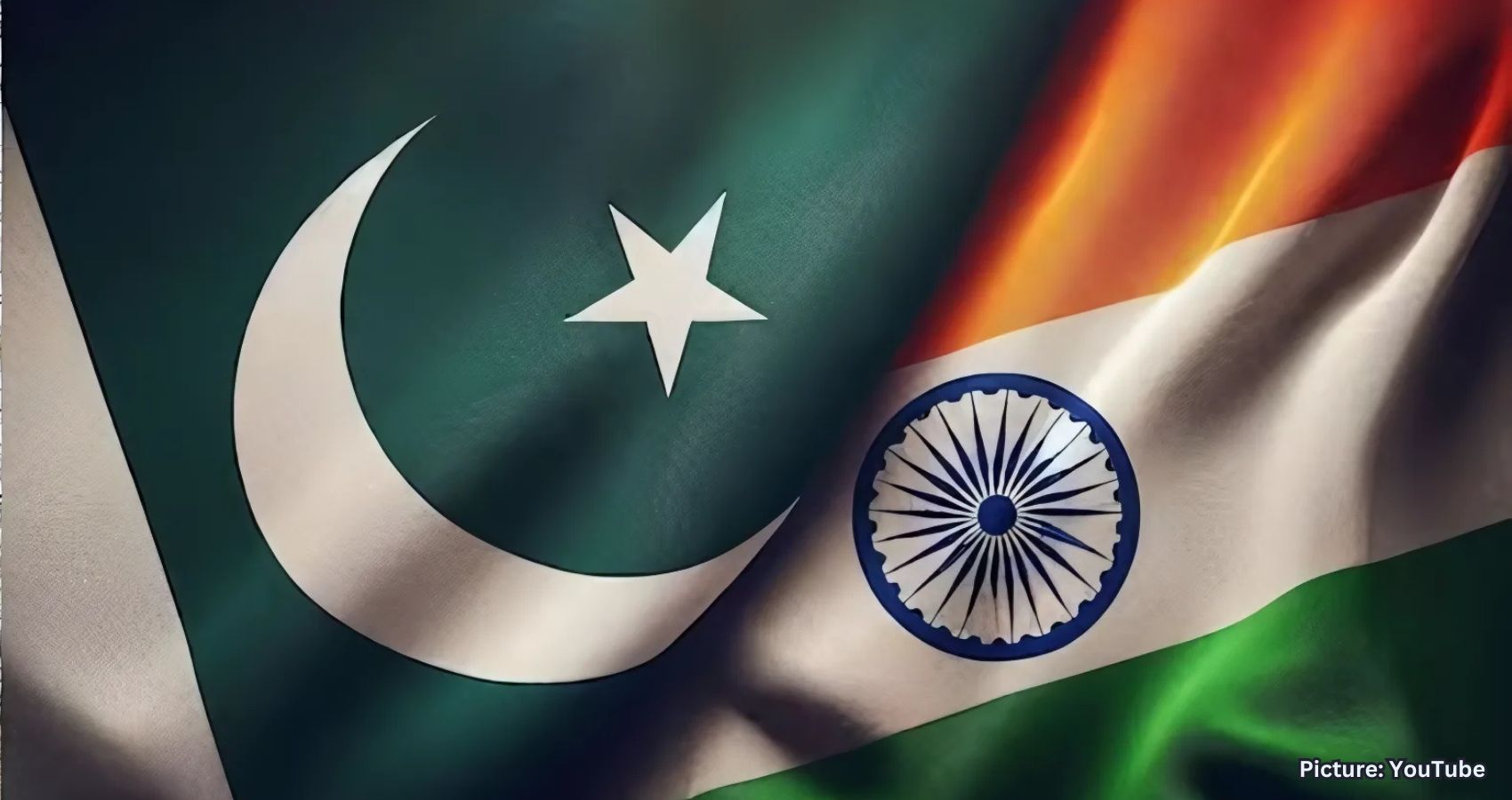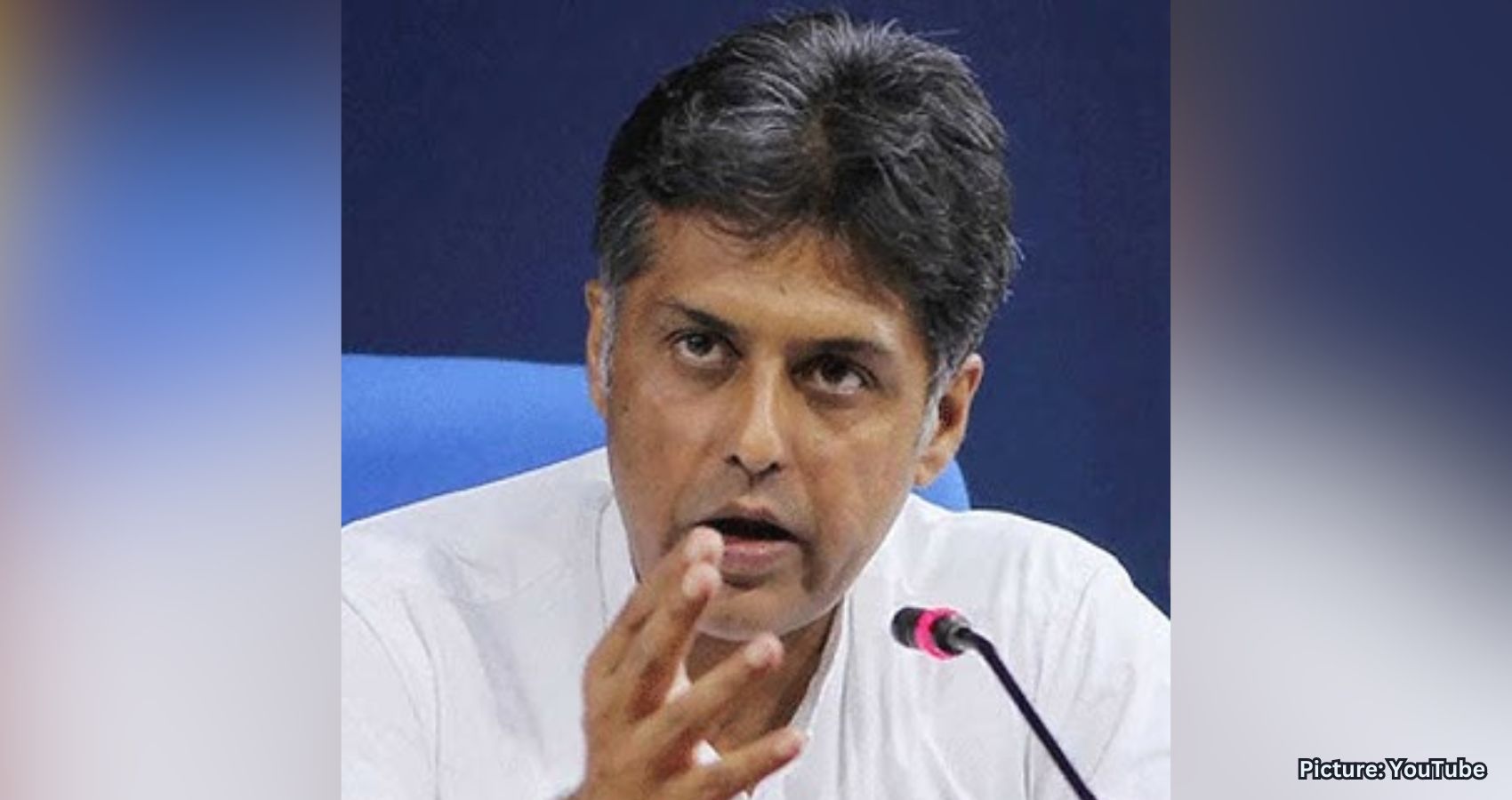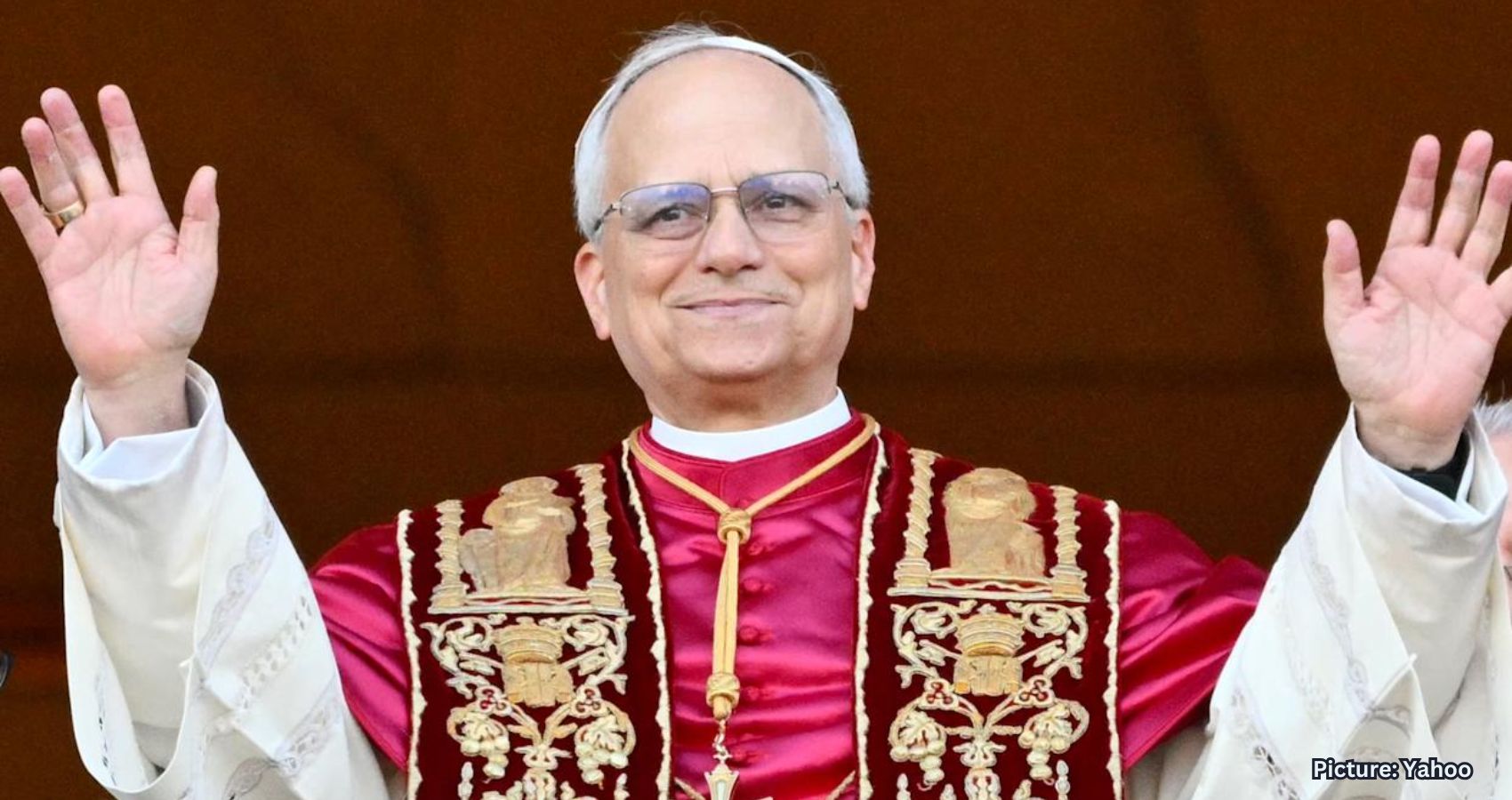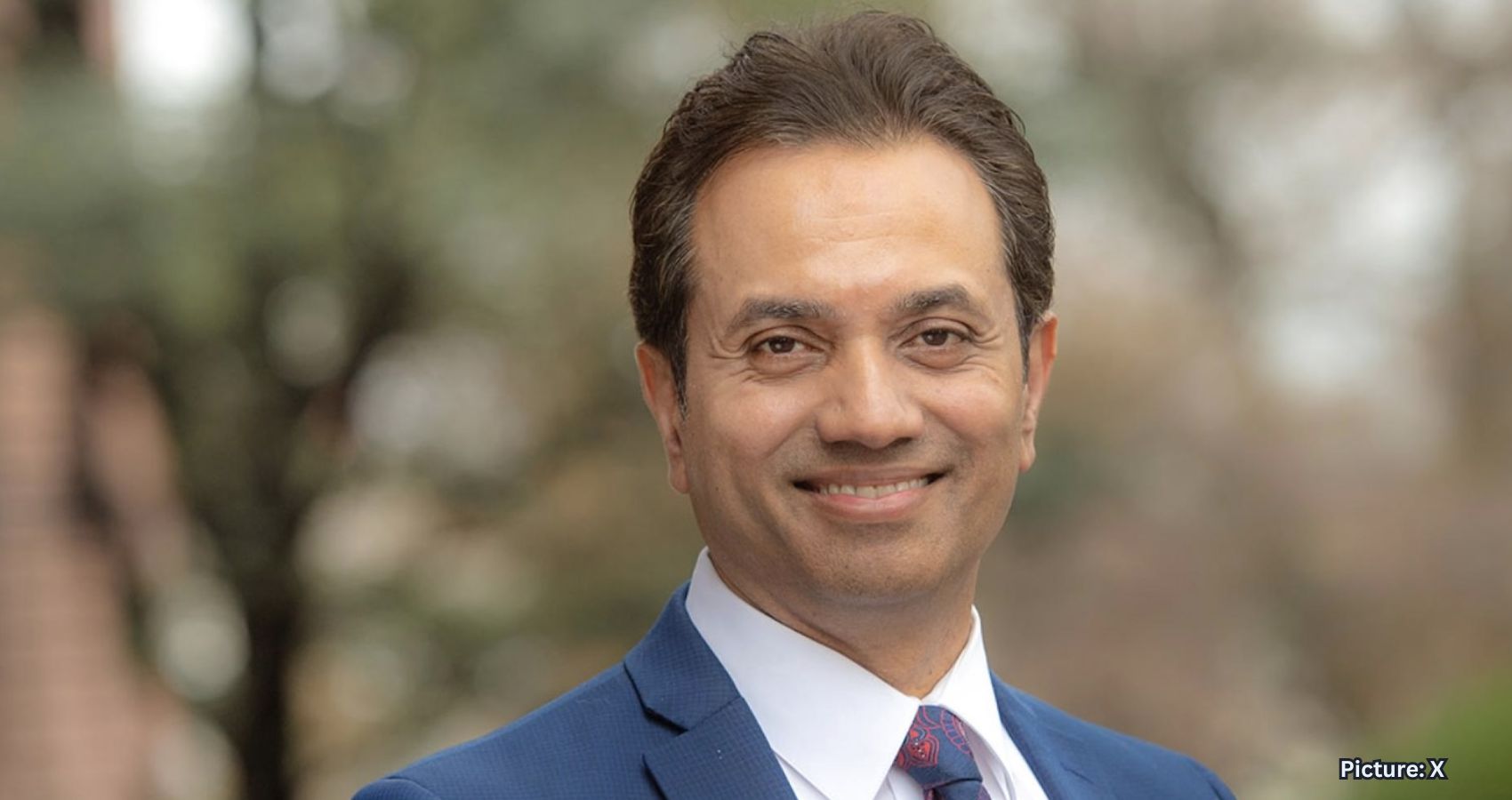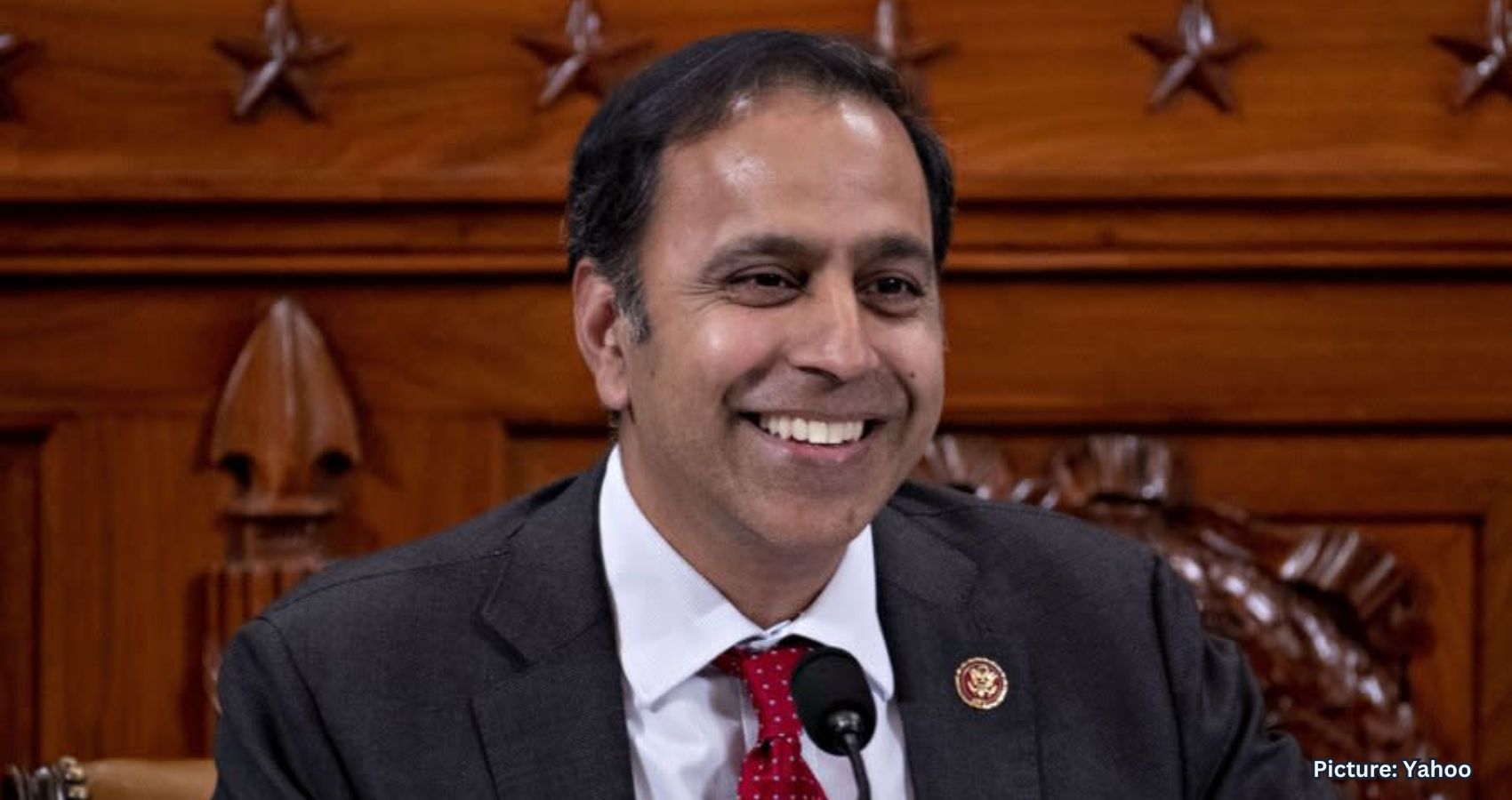In a sweeping move to reshape Medicaid, House Republicans have advanced legislation that includes several controversial measures aimed at cutting costs and tightening eligibility. The bill, which has managed to unite the often-fractured GOP caucus, employs a mix of strategies such as imposing work requirements on certain adults, limiting provider taxes, increasing eligibility verifications, and slashing federal Medicaid funding to states that offer coverage to undocumented immigrants.
At the heart of the proposal is a requirement for “able-bodied adults” without dependents, up to the age of 64, to meet specific work obligations in order tomaintain their Medicaid coverage. This component of the bill has gained traction across the Republican spectrum, even among those lawmakers who generally oppose broader cuts to Medicaid. It marks a notable shift in the party’s approach, focusing on personal responsibility as a condition for receiving public health assistance.
Although the bill was rushed through the House with little time for additional analysis, it now faces a challenging path in the Senate. The upper chamber is divided, with some senators pushing for even deeper cuts, while others are wary of undermining Medicaid entirely. However, the idea of work requirements has received little resistance even from those concerned about broader funding reductions. This suggests a bipartisan understanding—at least in part—on enforcing stricter eligibility conditions for government-supported health care.
In a late-stage amendment designed to satisfy conservative demands, lawmakers moved up the timeline for these work requirements. Originally slated to begin on January 1, 2029, the new schedule would see implementation start as soon as December 31, 2026. Additionally, the change restricts future presidential administrations from expanding exemptions to these work requirements. This preemptive move limits future executive discretion and locks in the policy’s rigid framework, preventing any future loosening of the rule for vulnerable populations.
States that fail tocomply with the new mandates could face financial penalties in the form of lost Medicaid funding. If a state continues to offer coverage to individuals who cannot demonstrate eligibility under the new rules, it risks forfeiting substantial federal support. This provision is designed to ensure strict adherence, effectively coercing states into compliance through financial pressure.
Despite the significance of the bill, lawmakers moved quickly to approve the amended version, bypassing an updated cost analysis from the Congressional Budget Office (CBO). As a result, the precise fiscal impact of the revised legislation remains uncertain. However, under the original version of the bill, the introduction of work requirements was projected to save the federal government $280 billion over a six-year span. This figure representsnearly three times the amount the CBO had estimated would be saved under an earlier Republican plan.
These substantial projected savings, however, are not the result of increased efficiency or lower administrative costs. Rather, they would largely be achieved by reducing the number of people enrolled in Medicaid. Millions are expected to lose their coverage due to the new barriers introduced by the work requirements and other eligibility restrictions.
The real-world impact of such policies is already somewhat evident. Two states that previously experimented with similar work requirements encounterednumerous problems, most notably administrative red tape. In these cases, many eligible individuals lost coverage simply because of data entry mistakes or failures in processing paperwork. These errors, often bureaucratic rather than intentional, left thousands without access to vital health services.
Experts are now warning that giving states less than two years to implement these new and complex verification systems is likely to result in widespread problems. “Experts predict giving states less than two years to set up complicated verification systems is inviting disaster and will result in many people getting wrongly kicked off Medicaid,” the article notes. Critics argue that the shortened timeline combined with the technical challenges involved will inevitably cause eligible recipients to be mistakenly removed from the rolls.
Supporters of the bill maintain that work requirements will encourage employment and reduce dependency on government programs. But opponents point to the experiences of Arkansas and New Hampshire—two states that piloted work requirement programs—as cautionary tales. In Arkansas, more than 18,000 people lost Medicaid coverage within months due to non-compliance, many because they didn’t understand or weren’t properly notified about the new rules. In New Hampshire, the policy was suspended before it could take full effect amid concerns about its implementation and fairness.
The bill also includes a freeze on provider taxes, a source of revenue that some states use to fund their share of Medicaid costs. By freezing these taxes, the federal government aims to prevent states from using them to draw down more federal dollars than intended. This measure, while technical, is part of the broader effort to rein in federal spending on the program.
Additionally, the bill targets states that offer Medicaid benefits to undocumented immigrants, proposing to cut federal funding for those jurisdictions. This aligns with broader Republican efforts to tighten immigration policies and ensure that federal resources are directed solely toward legal residents and citizens.
While the House vote represents a major step forward for Republican priorities on health care reform, the bill’s future remains uncertain. Senate negotiations are expected to be contentious, especially as moderate Republicans and Democrats push back against the more drastic provisions. Still, the inclusion of work requirements has emerged as a relatively unifying concept, one that may serve as a starting point for any eventual compromise.
In summary, the legislation passed by the House represents a bold effort by Republicans to reshape Medicaid by imposing stricter eligibility standards and reducing federal expenditures. Although pitched as a cost-saving initiative, the plan’s success hinges on excluding millions from coverage. The rush to legislate before a full CBO analysis and the shortened implementation timeline raise concerns among experts and advocates alike about the feasibility and fairness of the proposed changes.
As the debate moves to the Senate, the central question will be whether these changes can gain enough support without significantly undermining the basic function of Medicaid—to provide health coverage for those most in need.

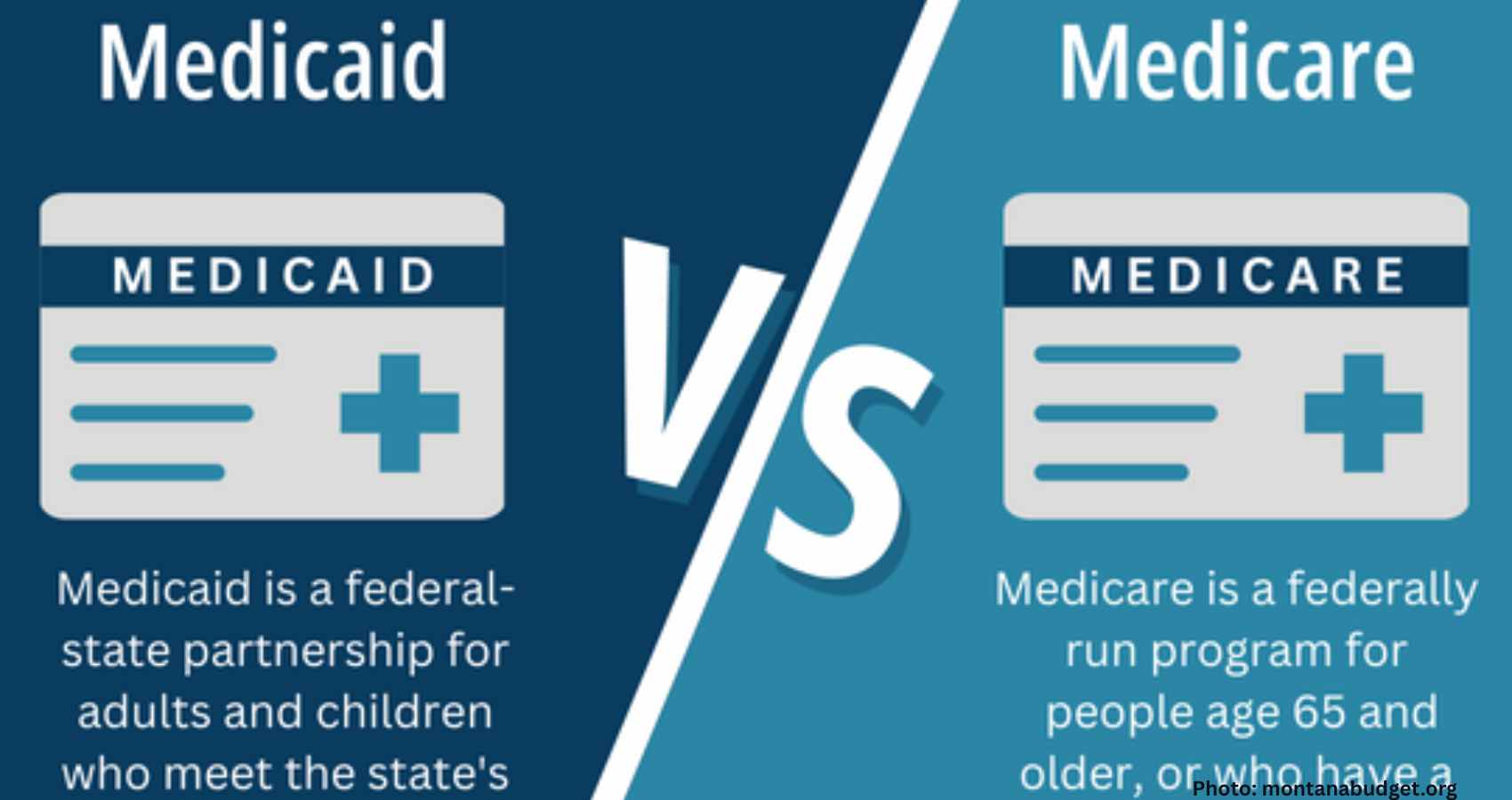
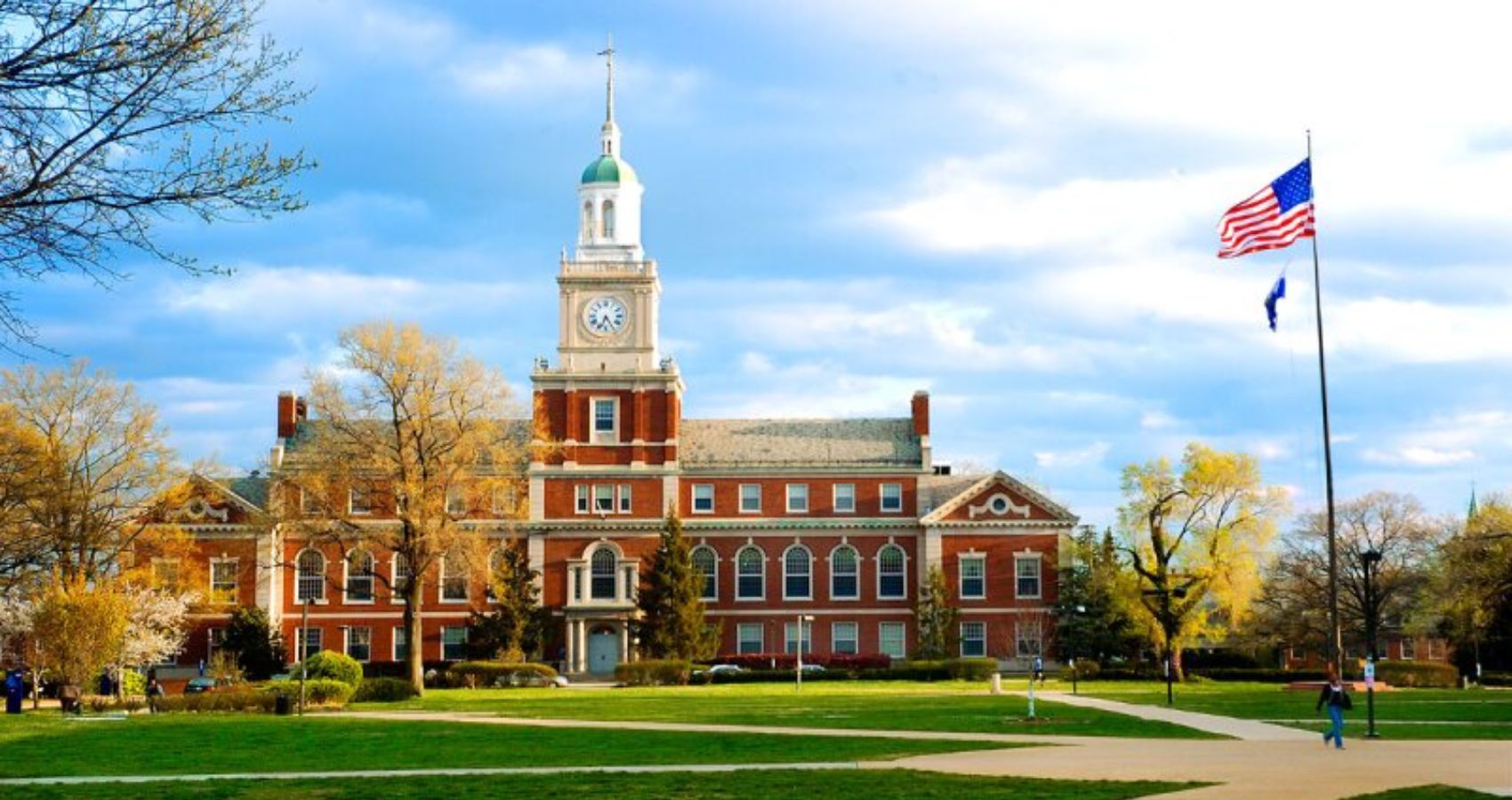

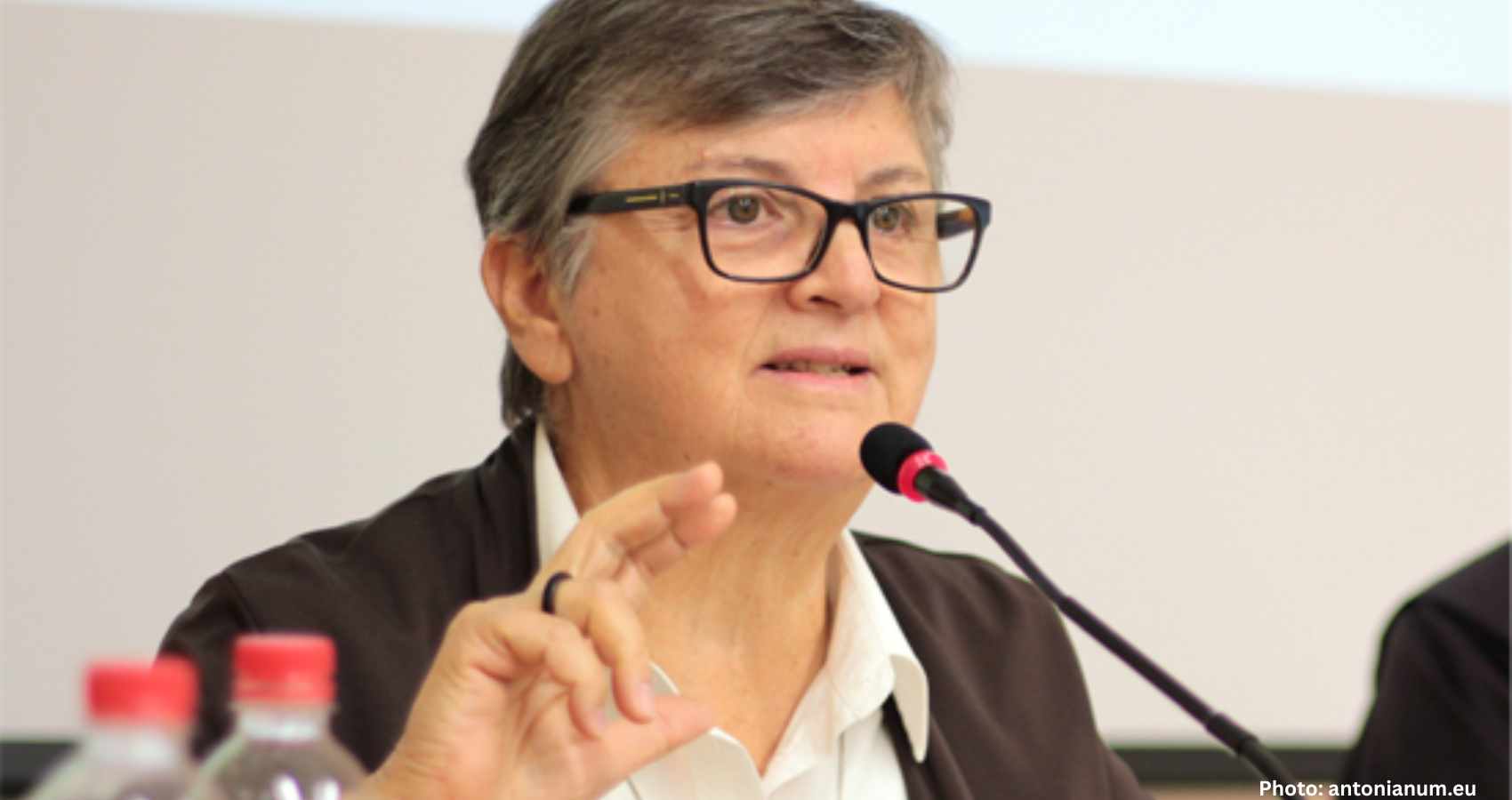

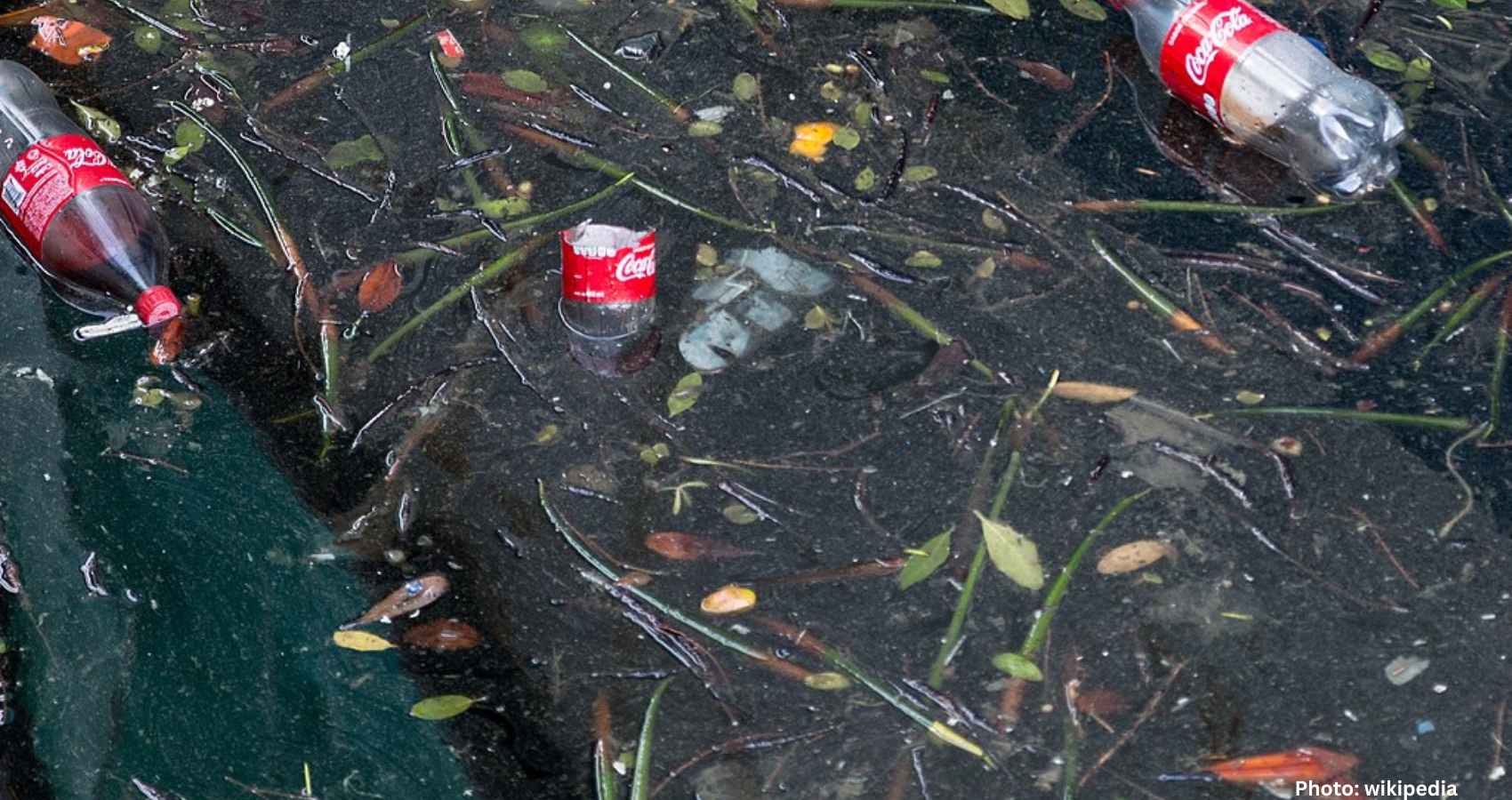
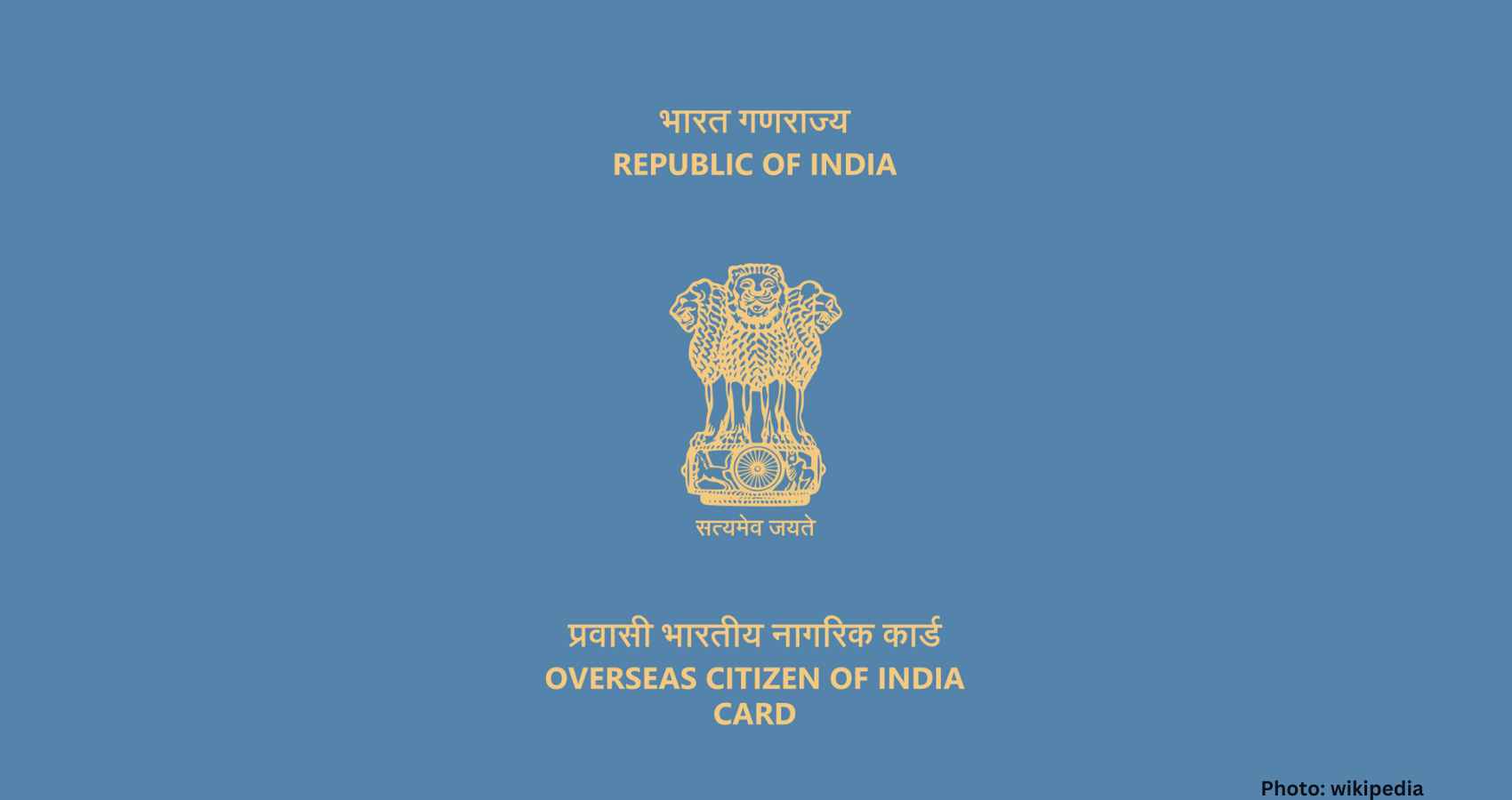





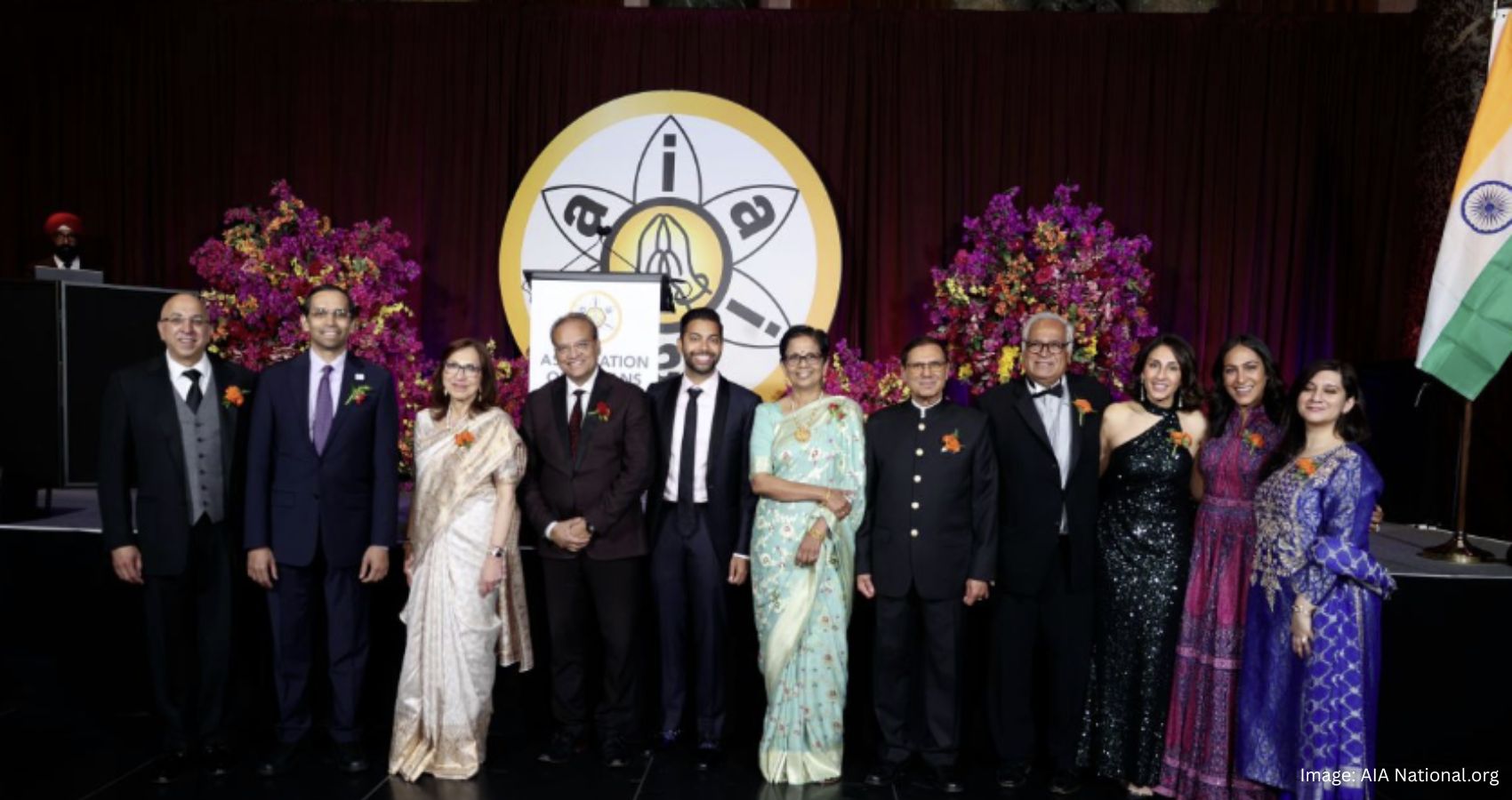

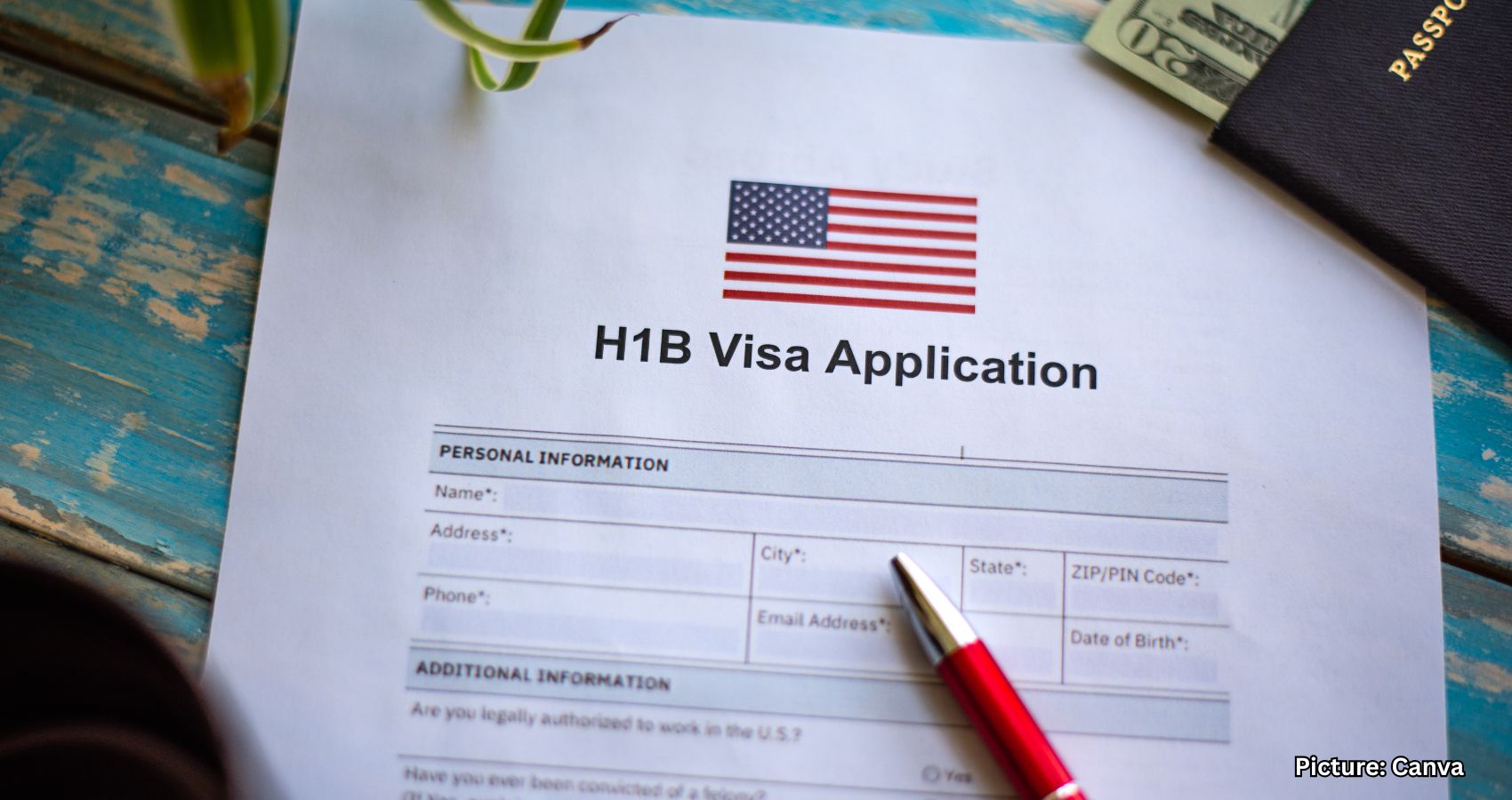
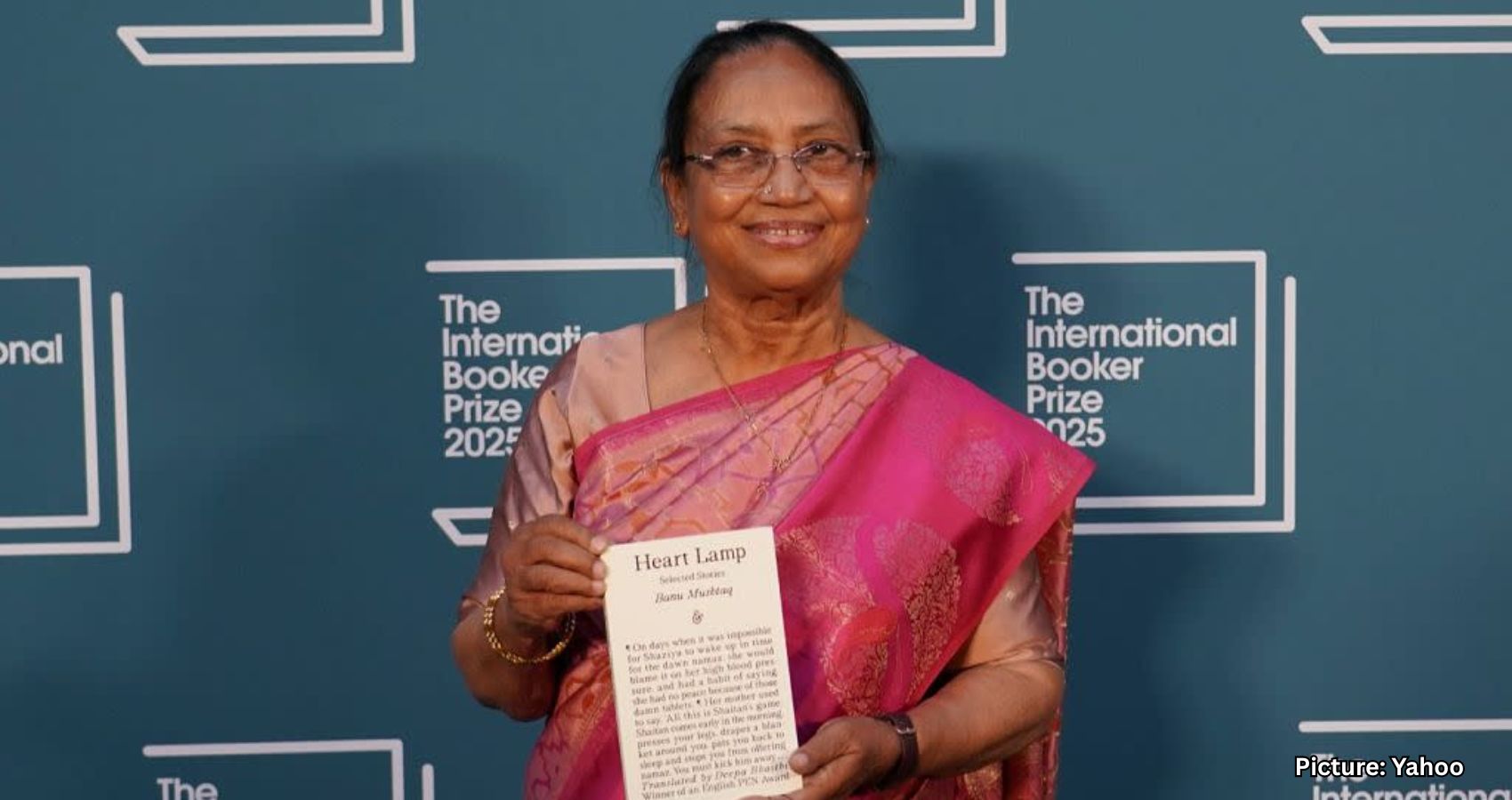
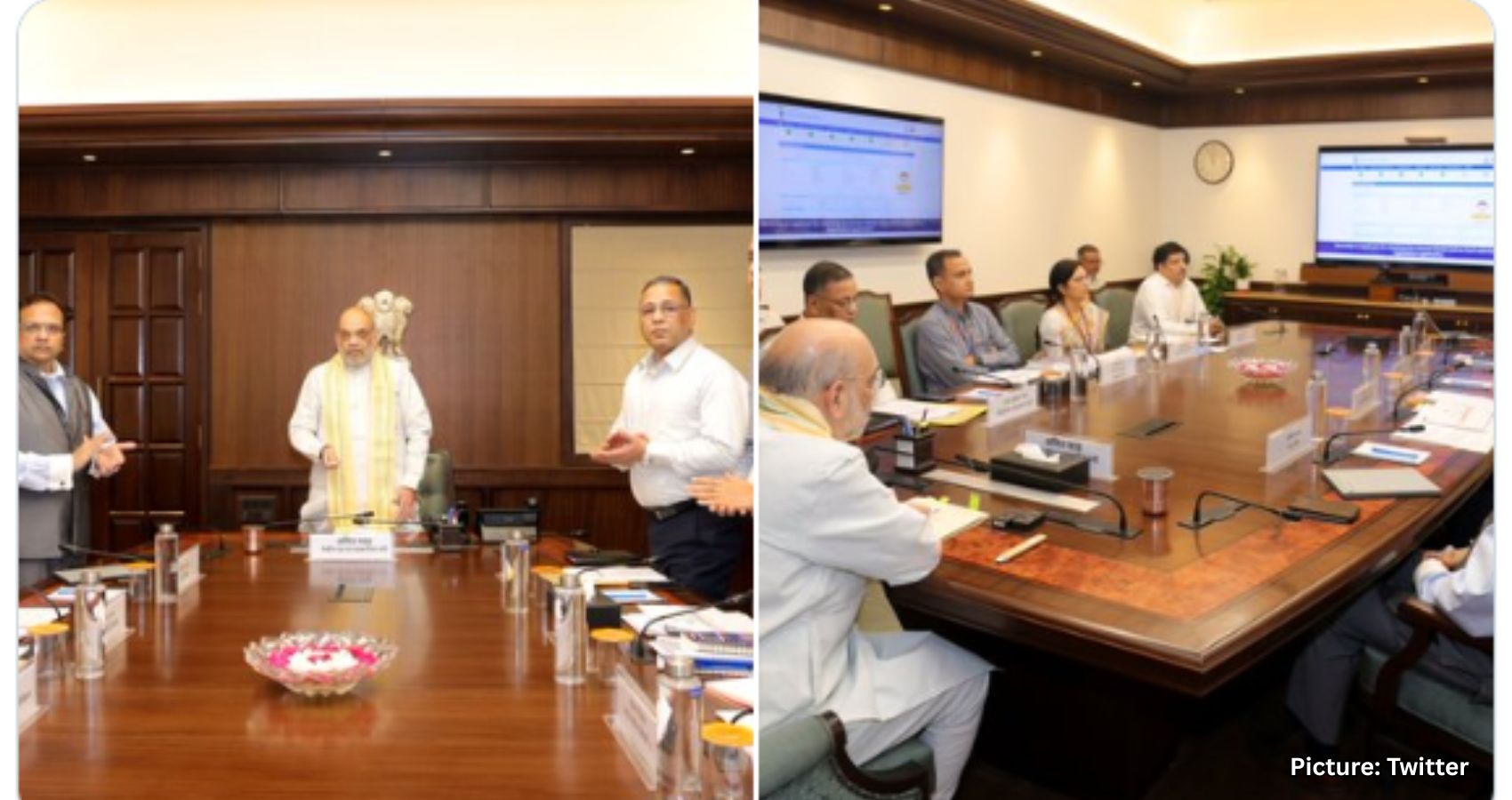


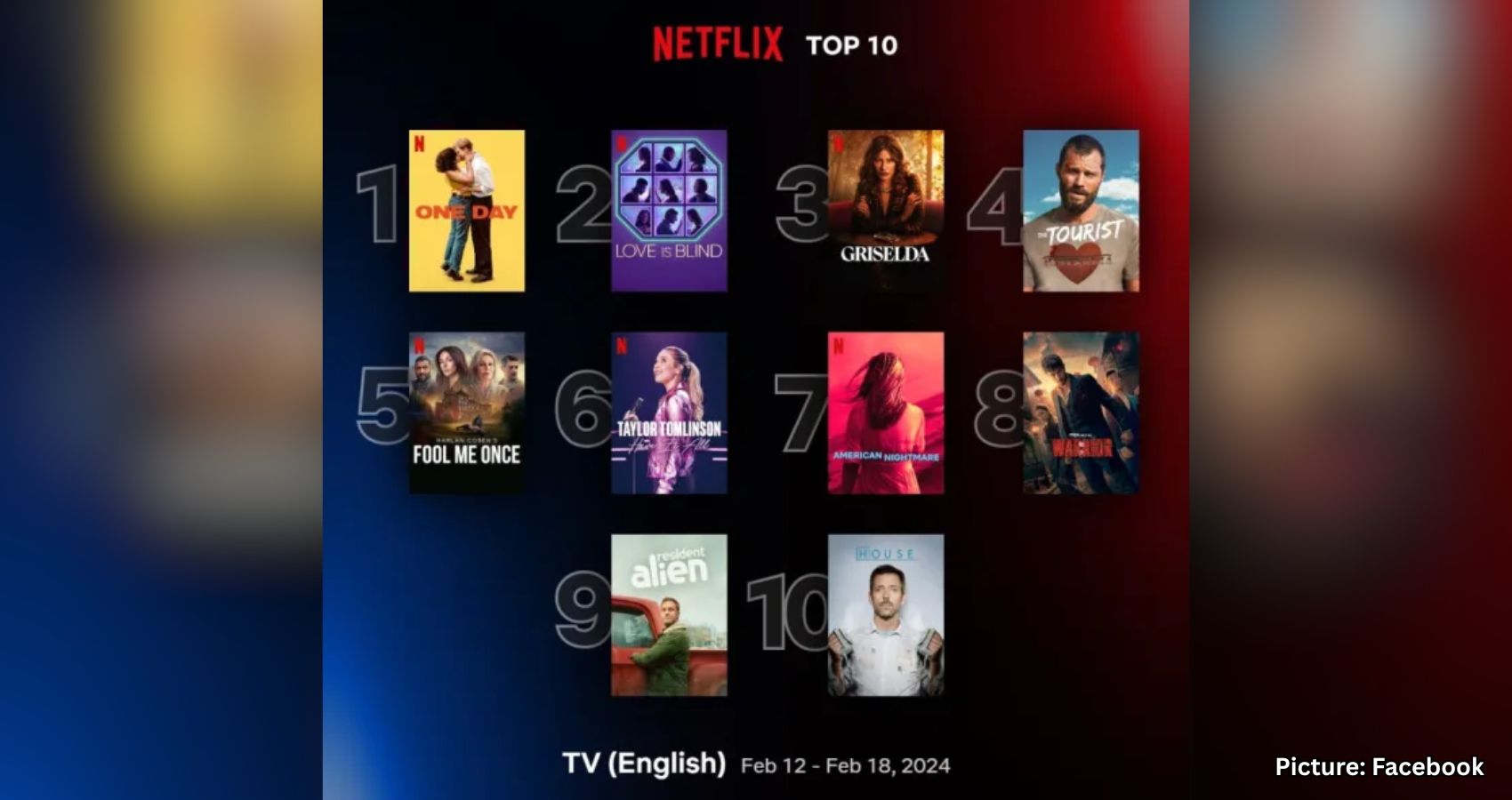

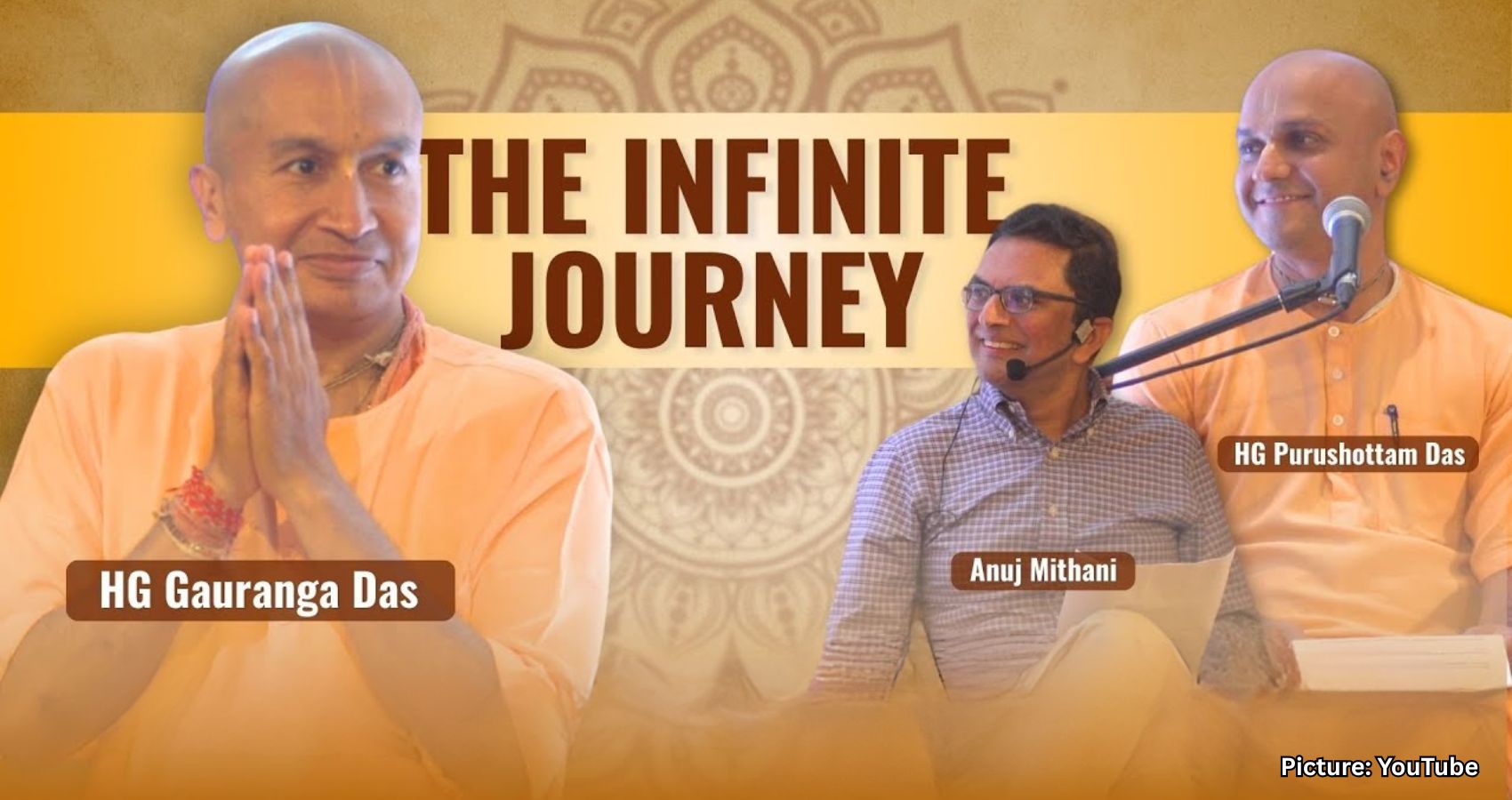


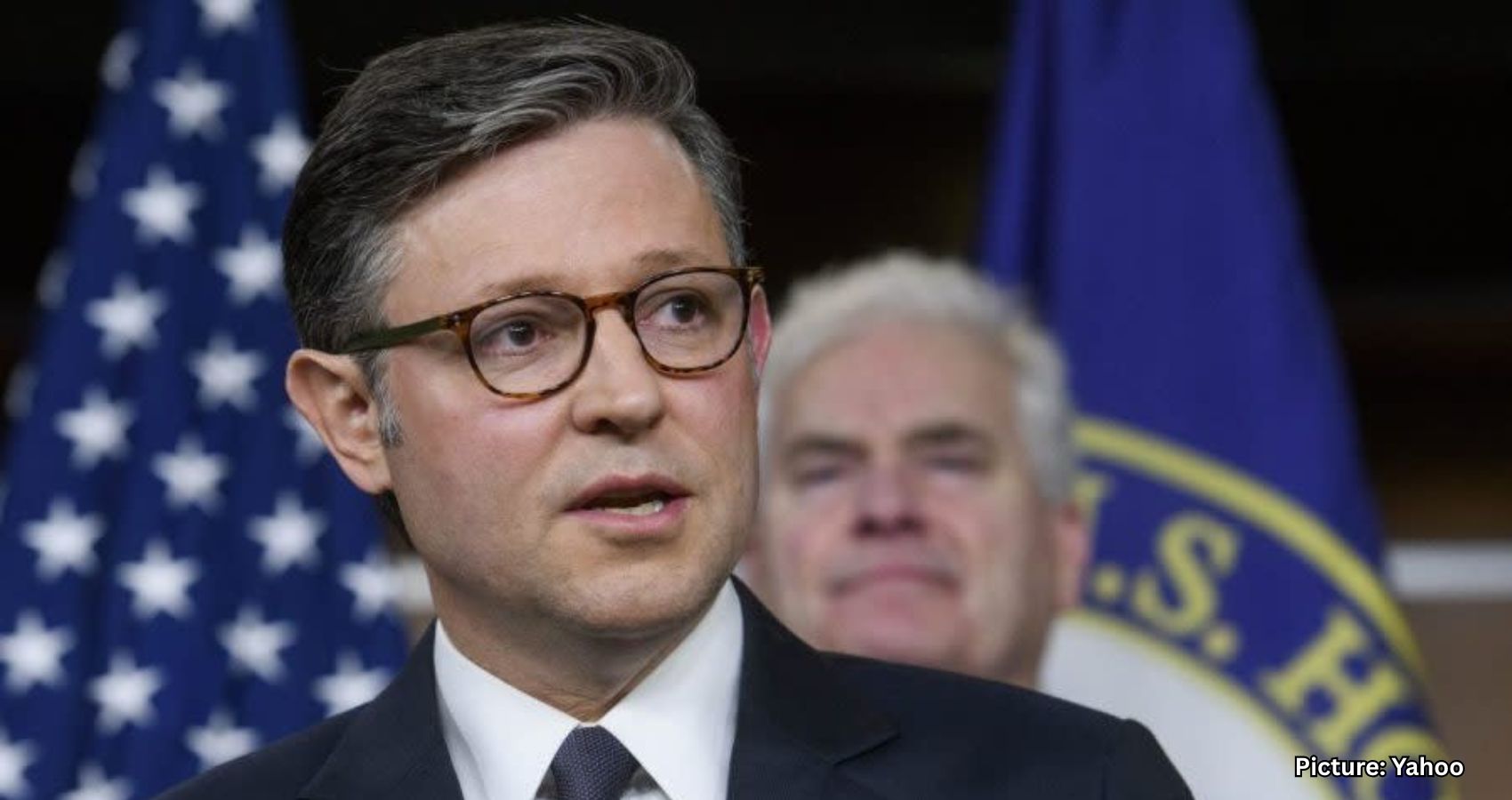

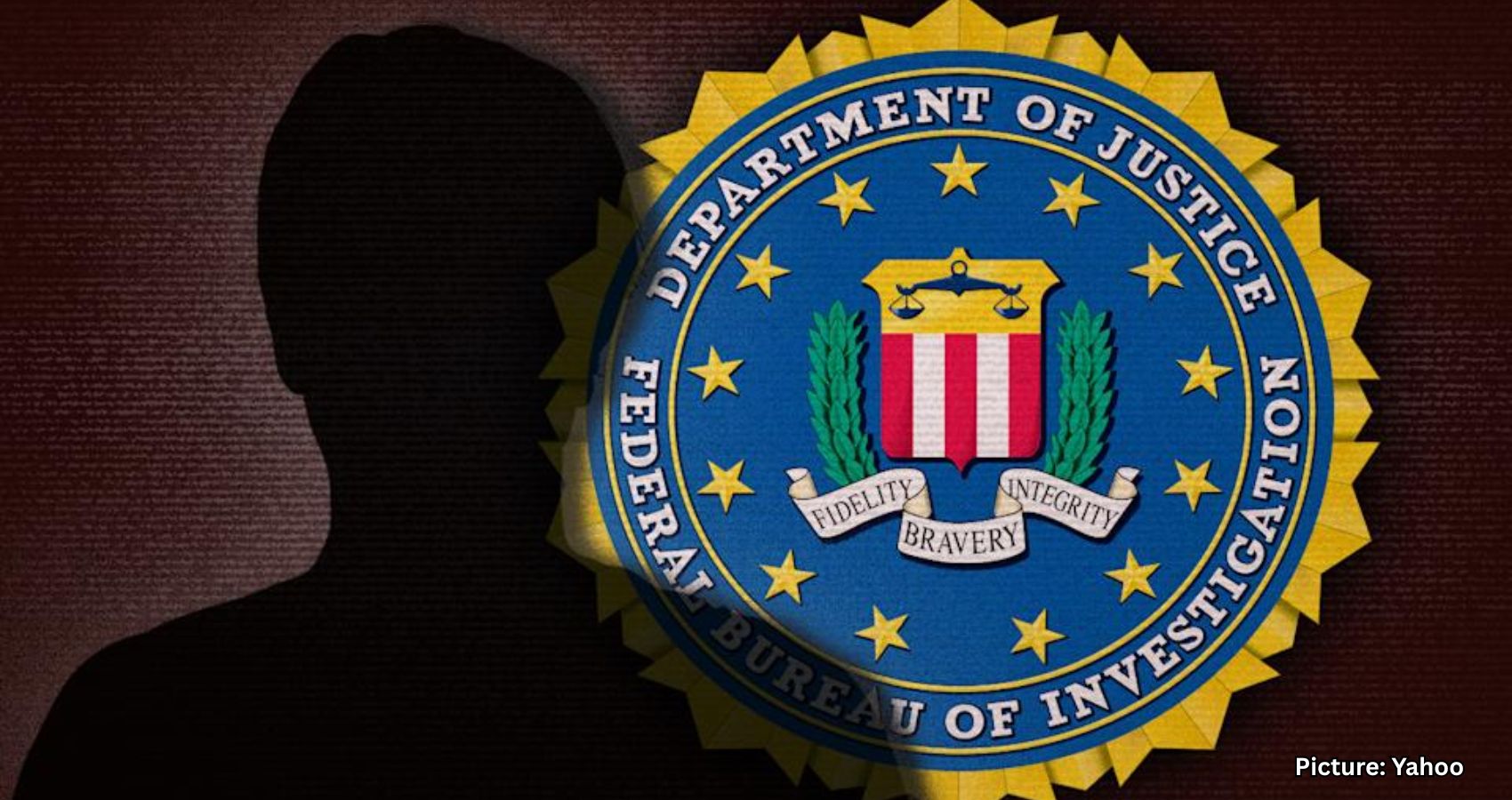
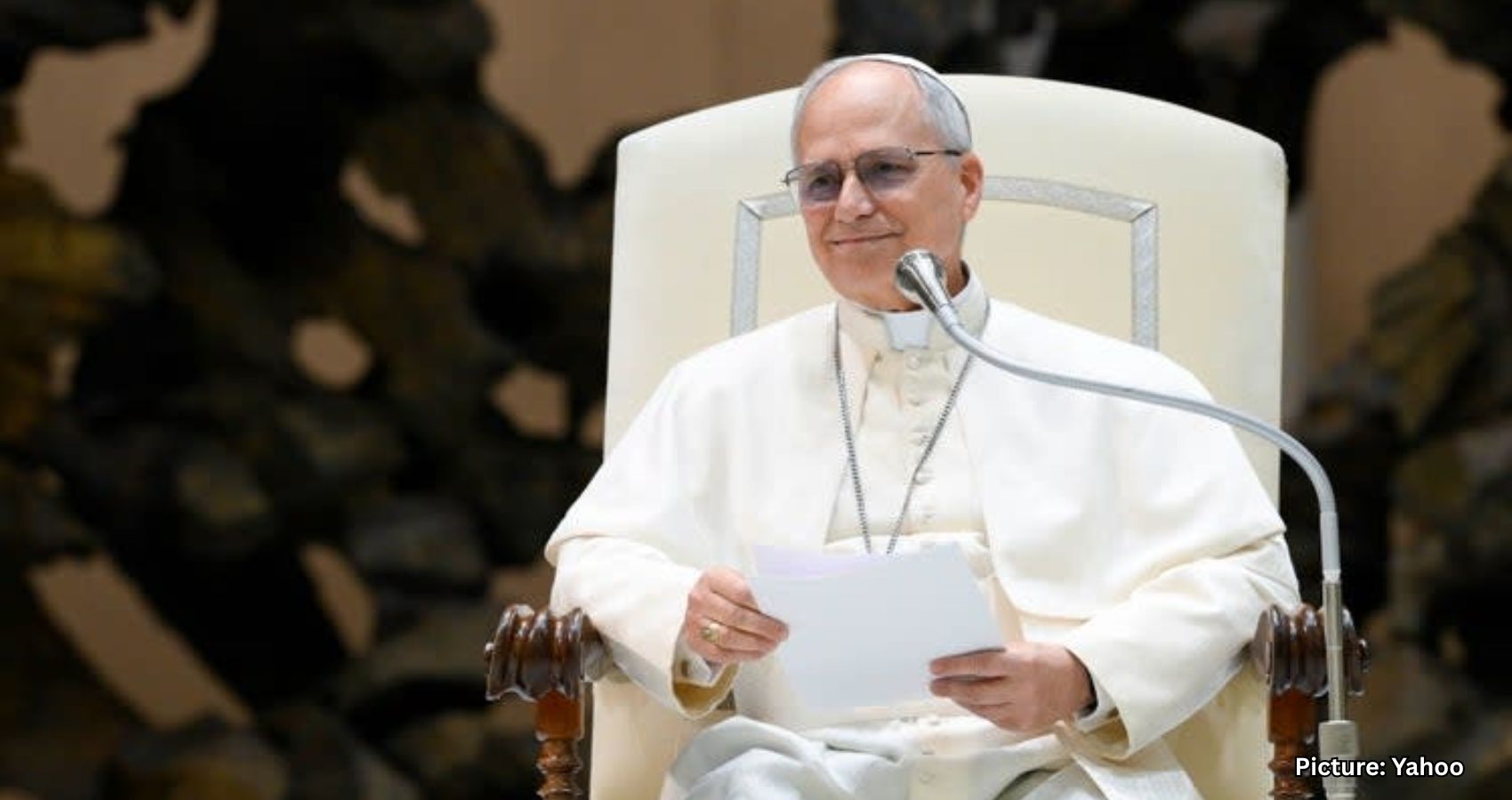
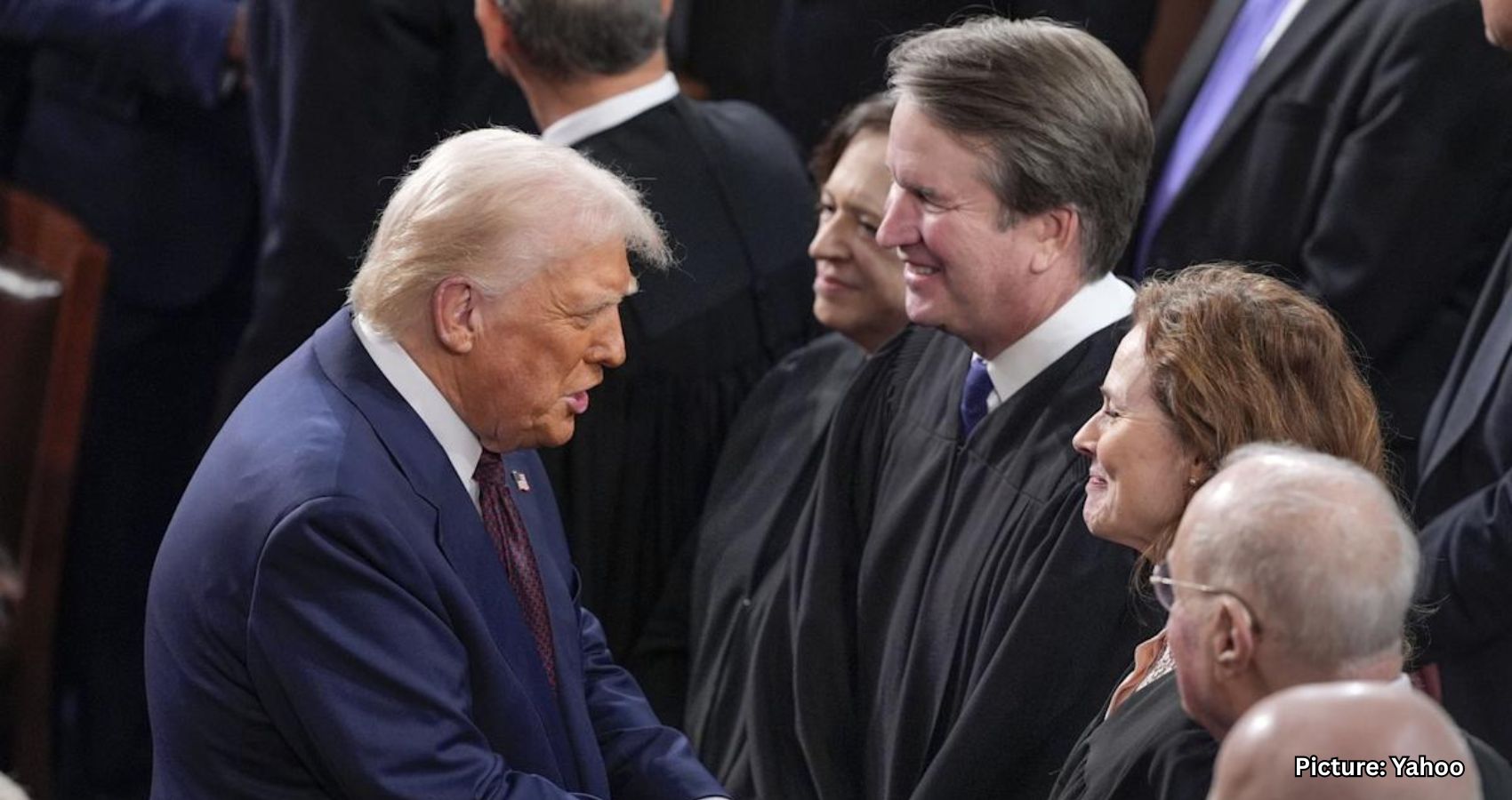
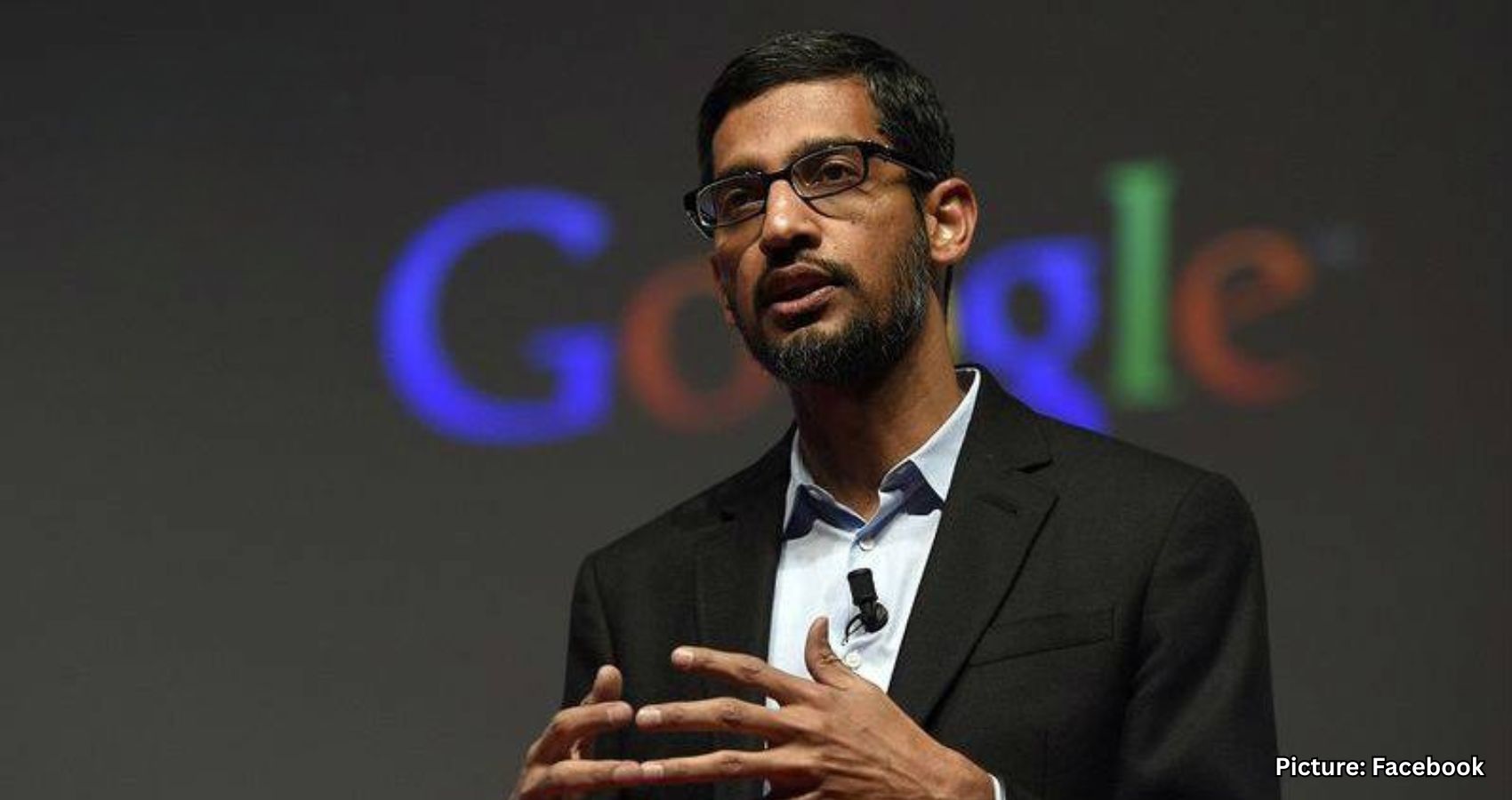
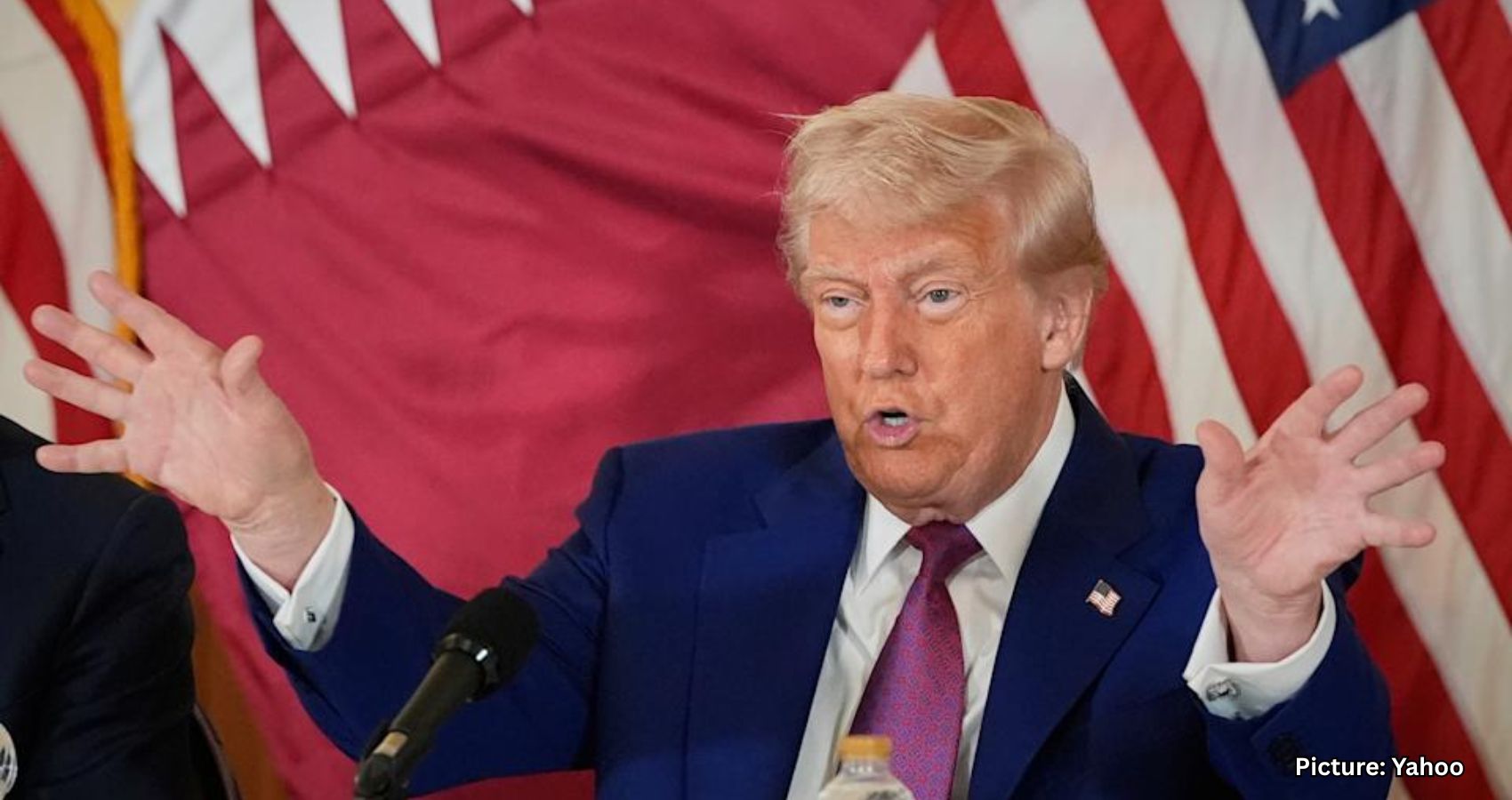


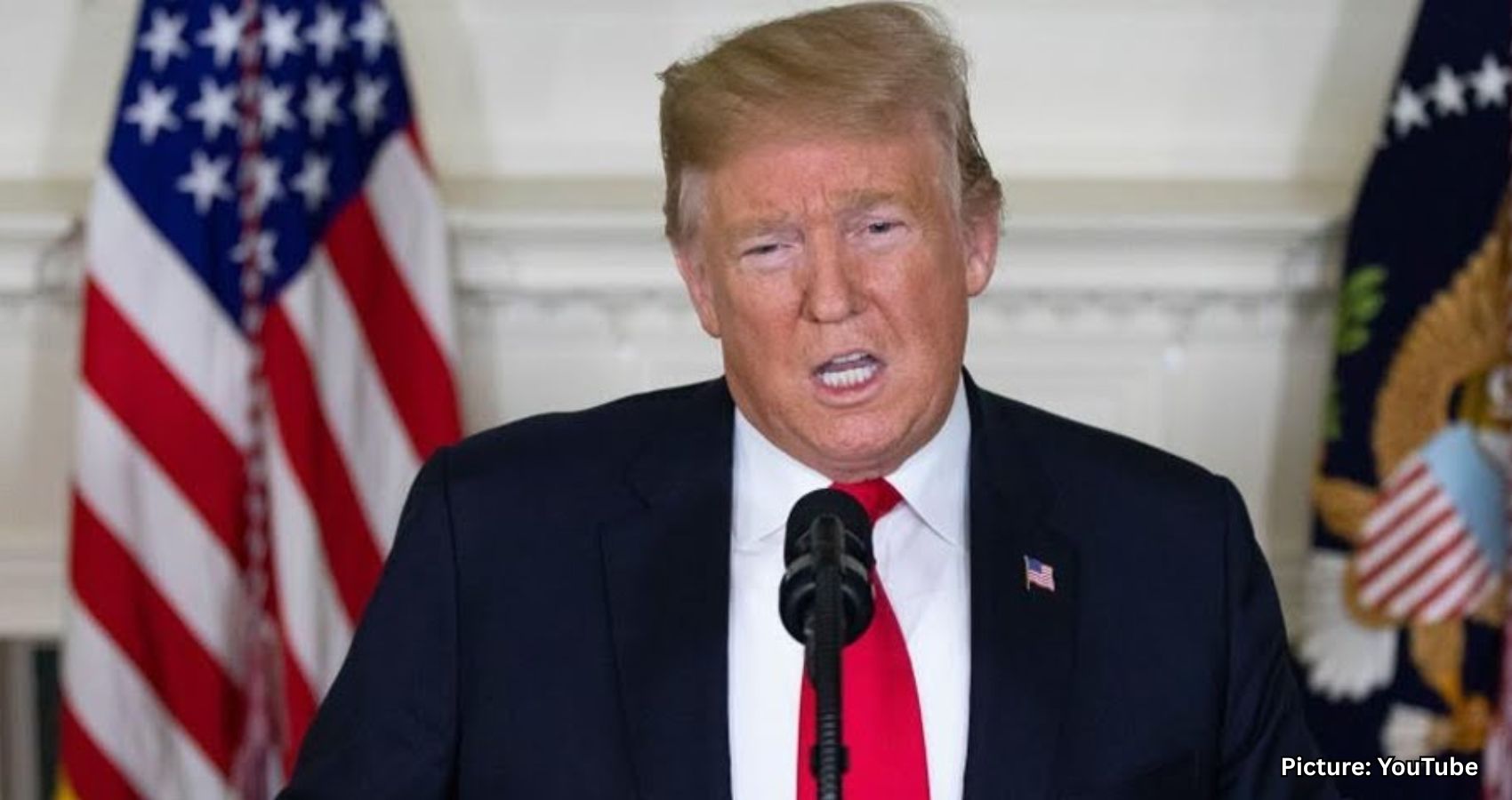
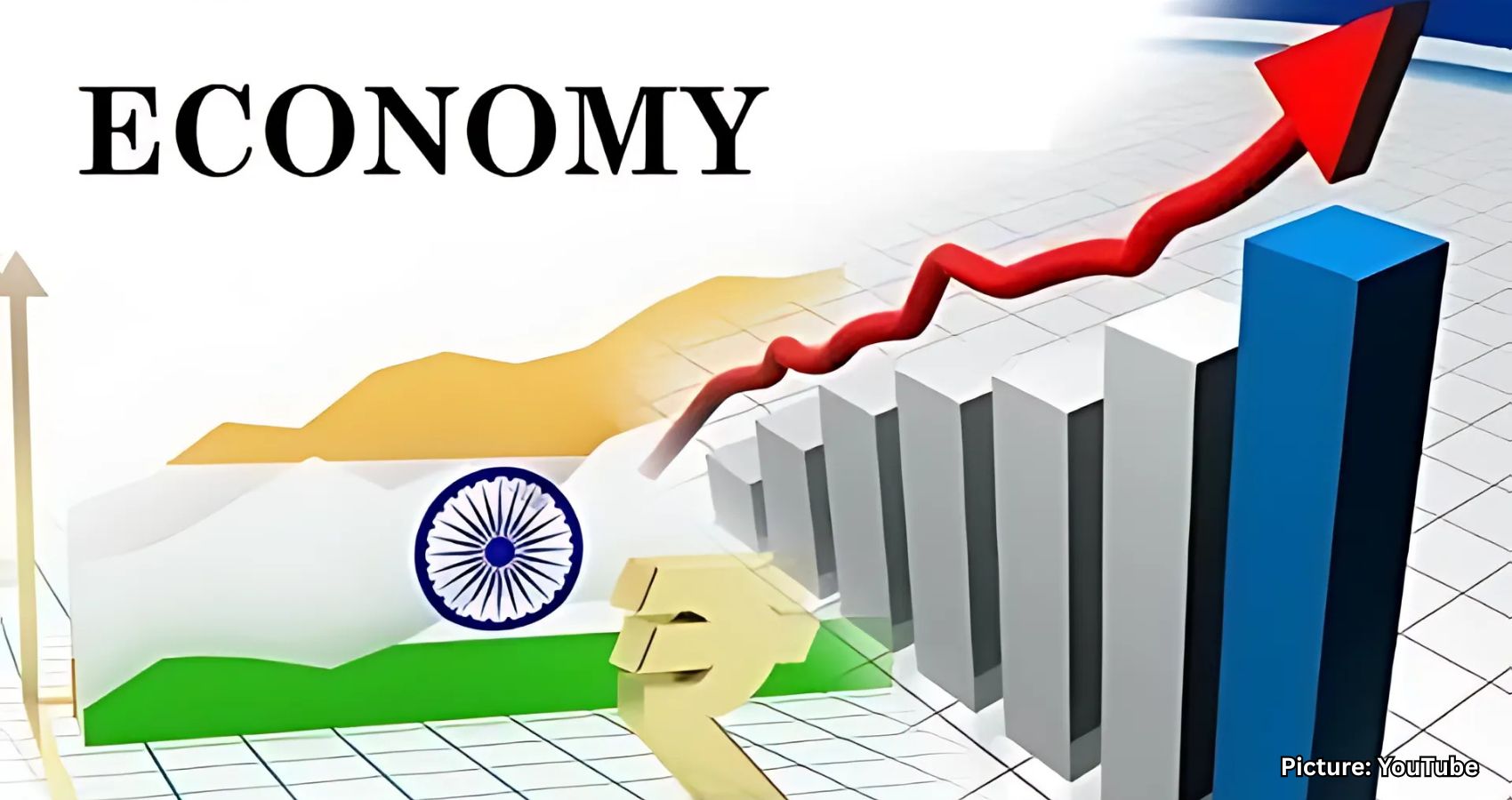
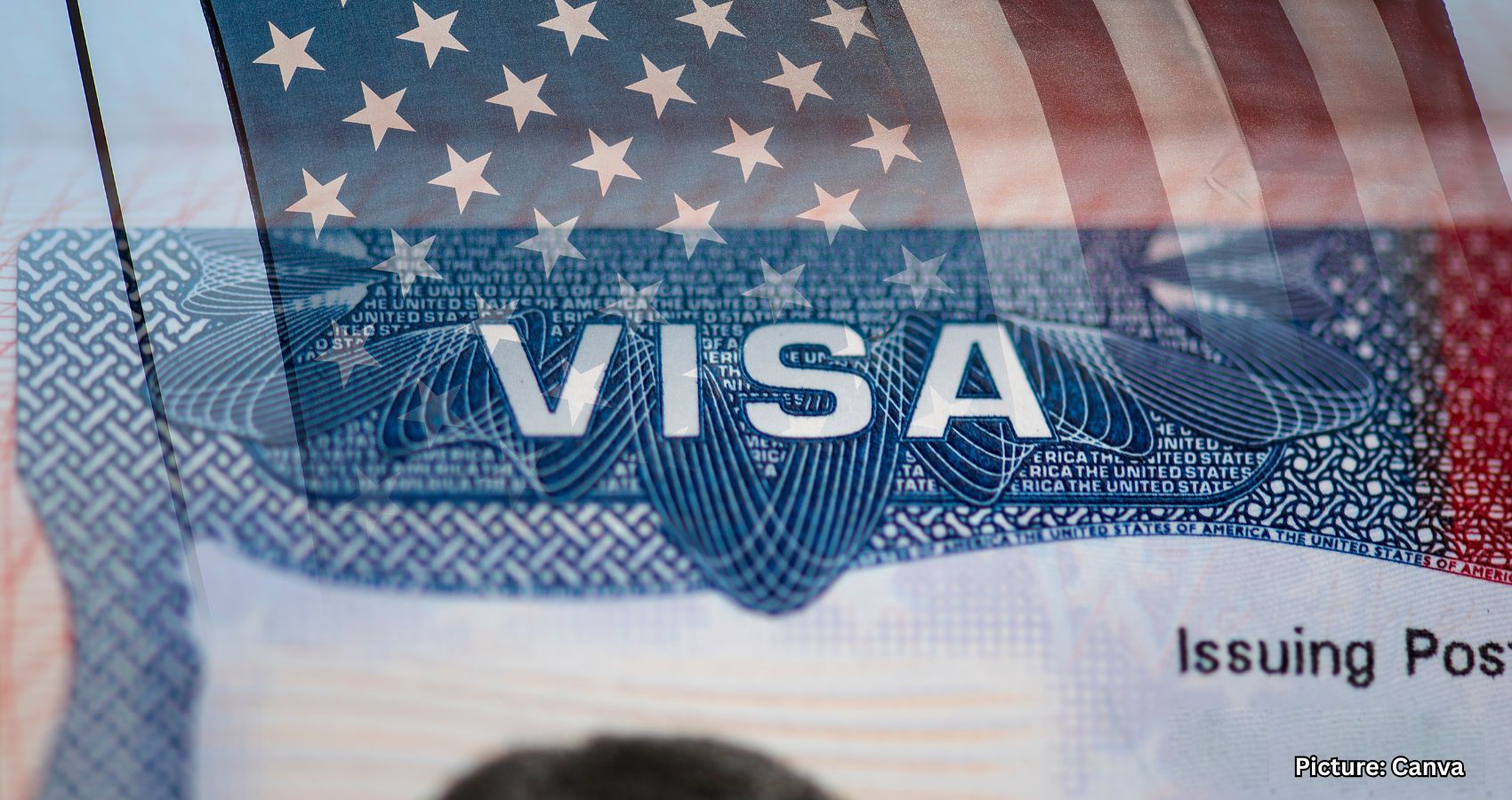
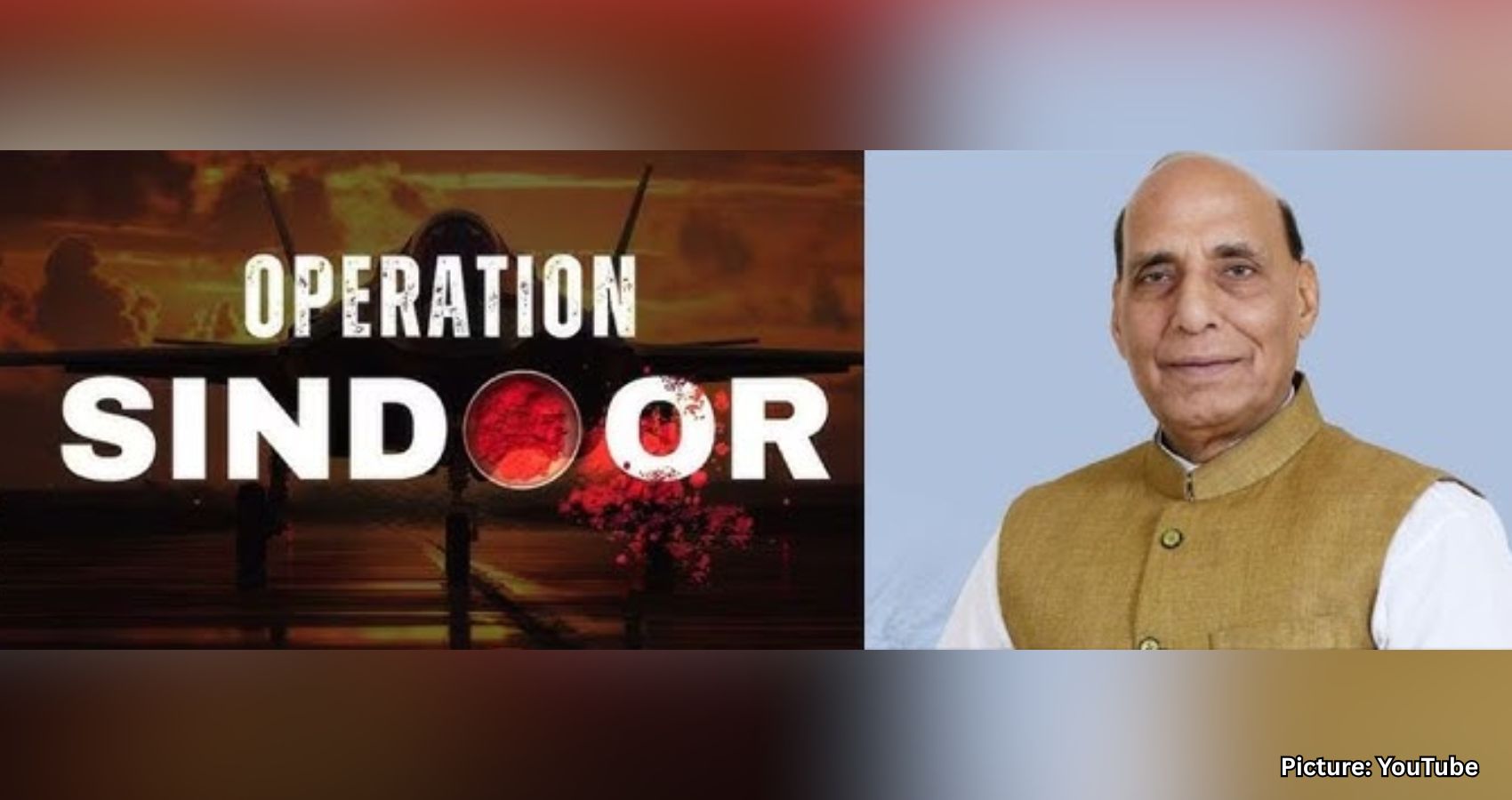

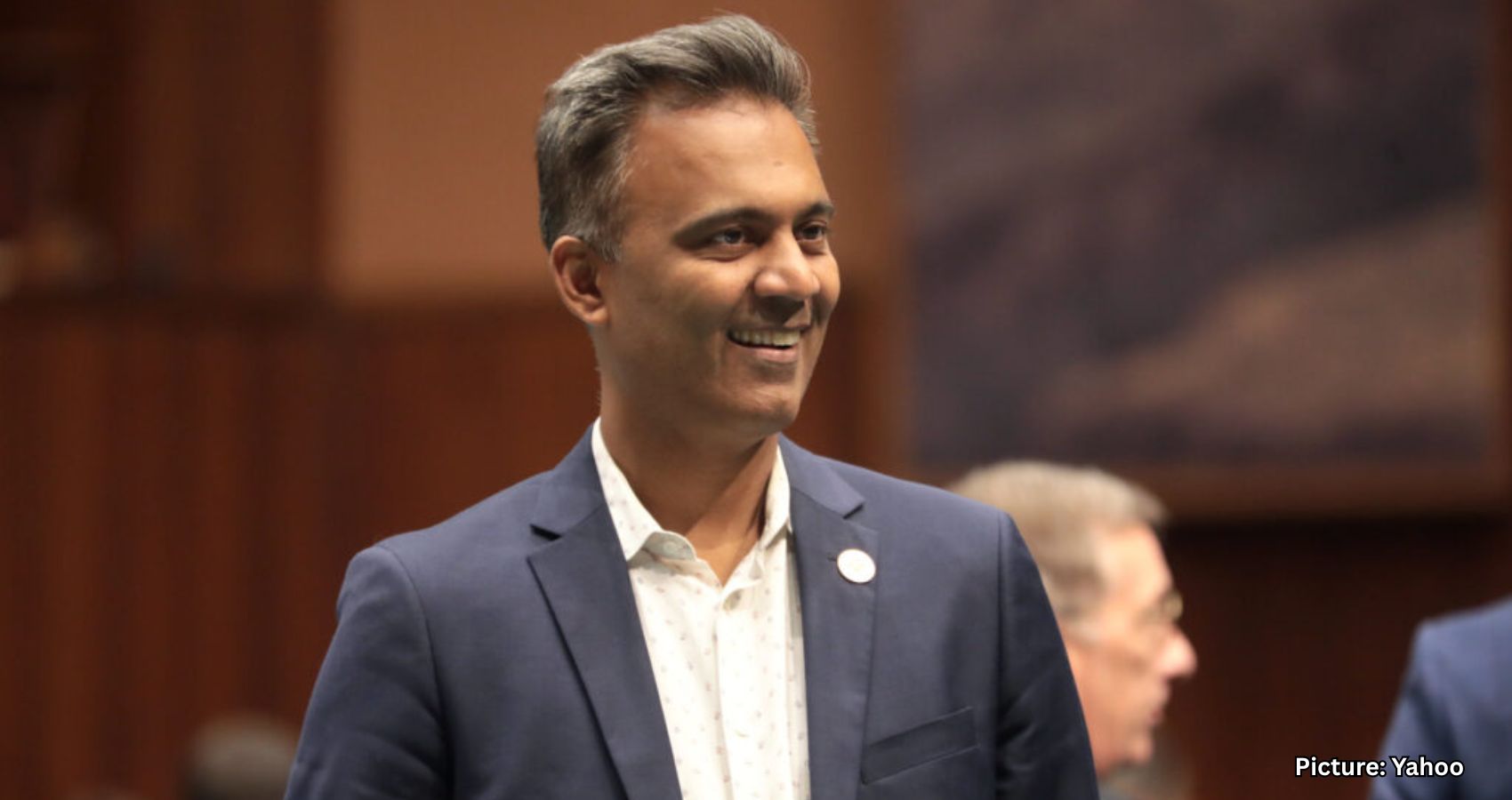


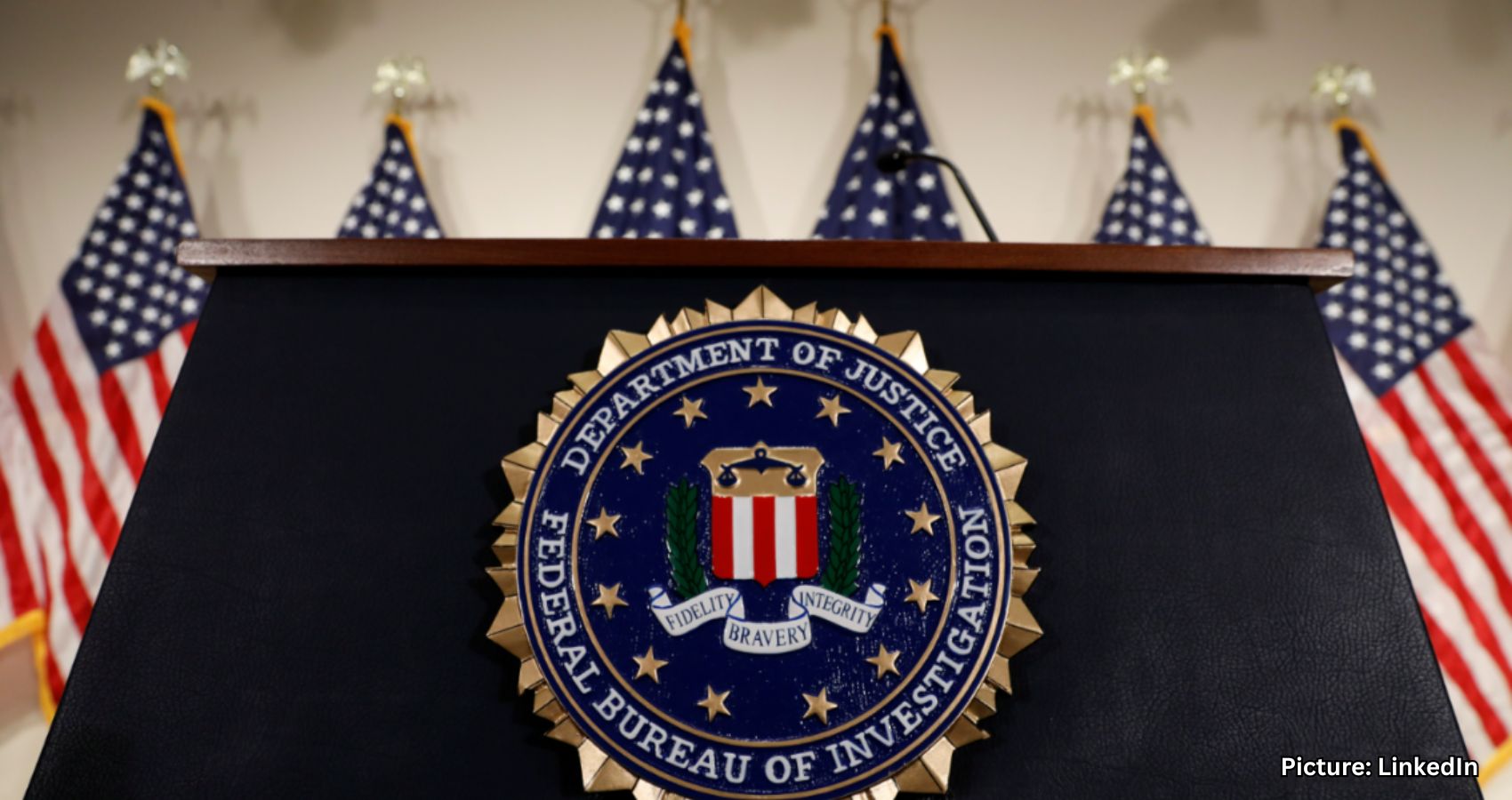

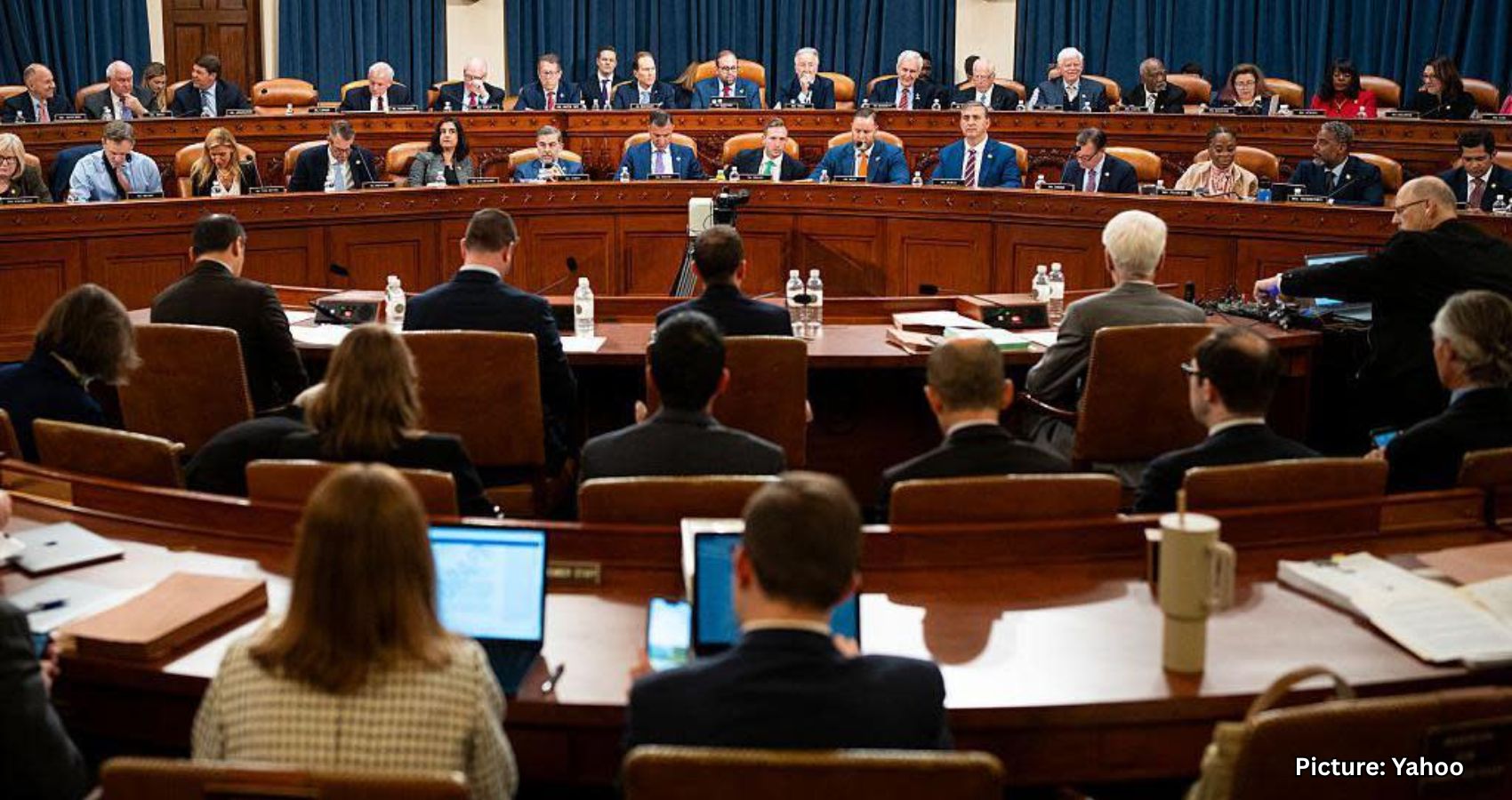



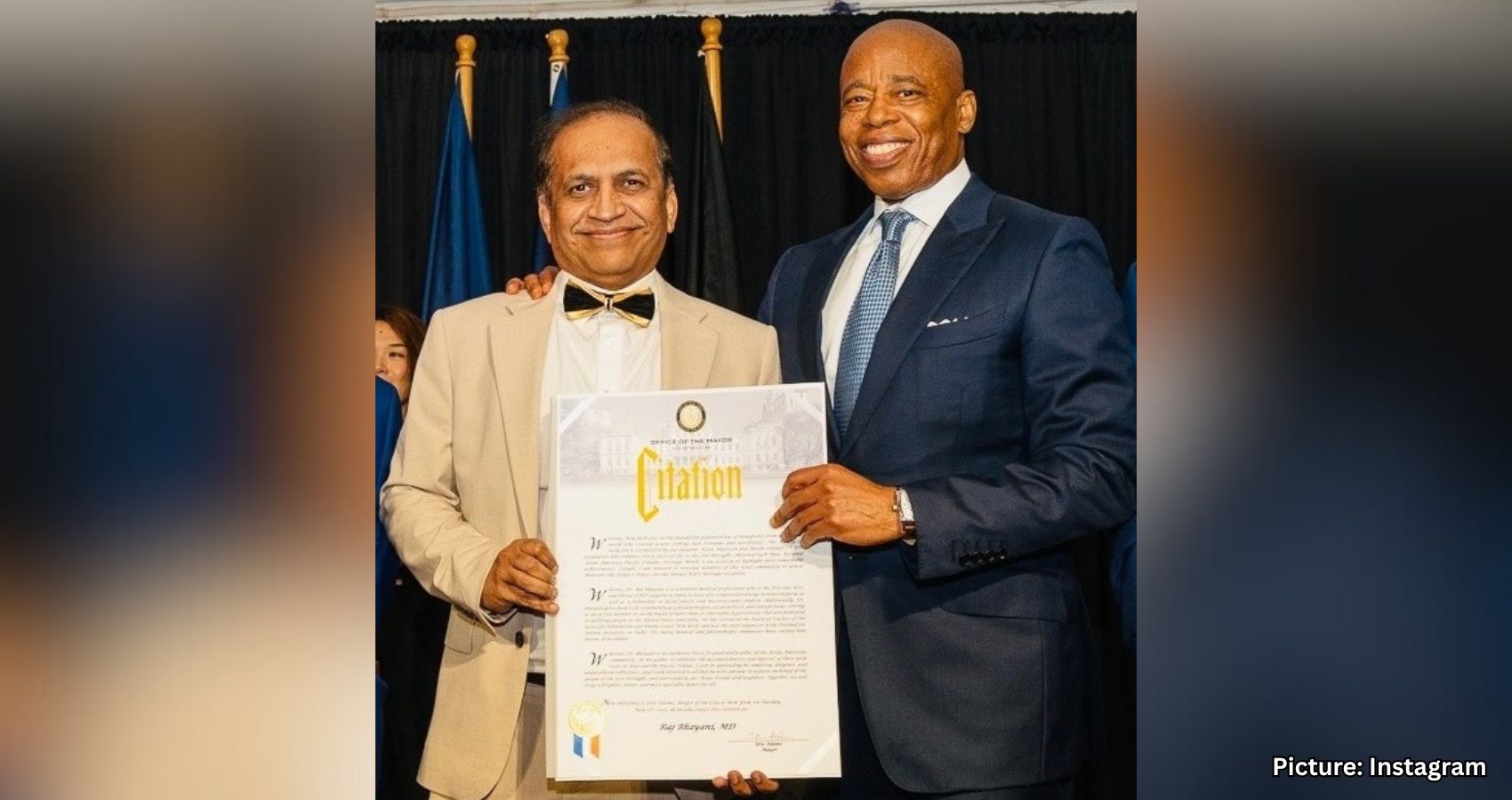





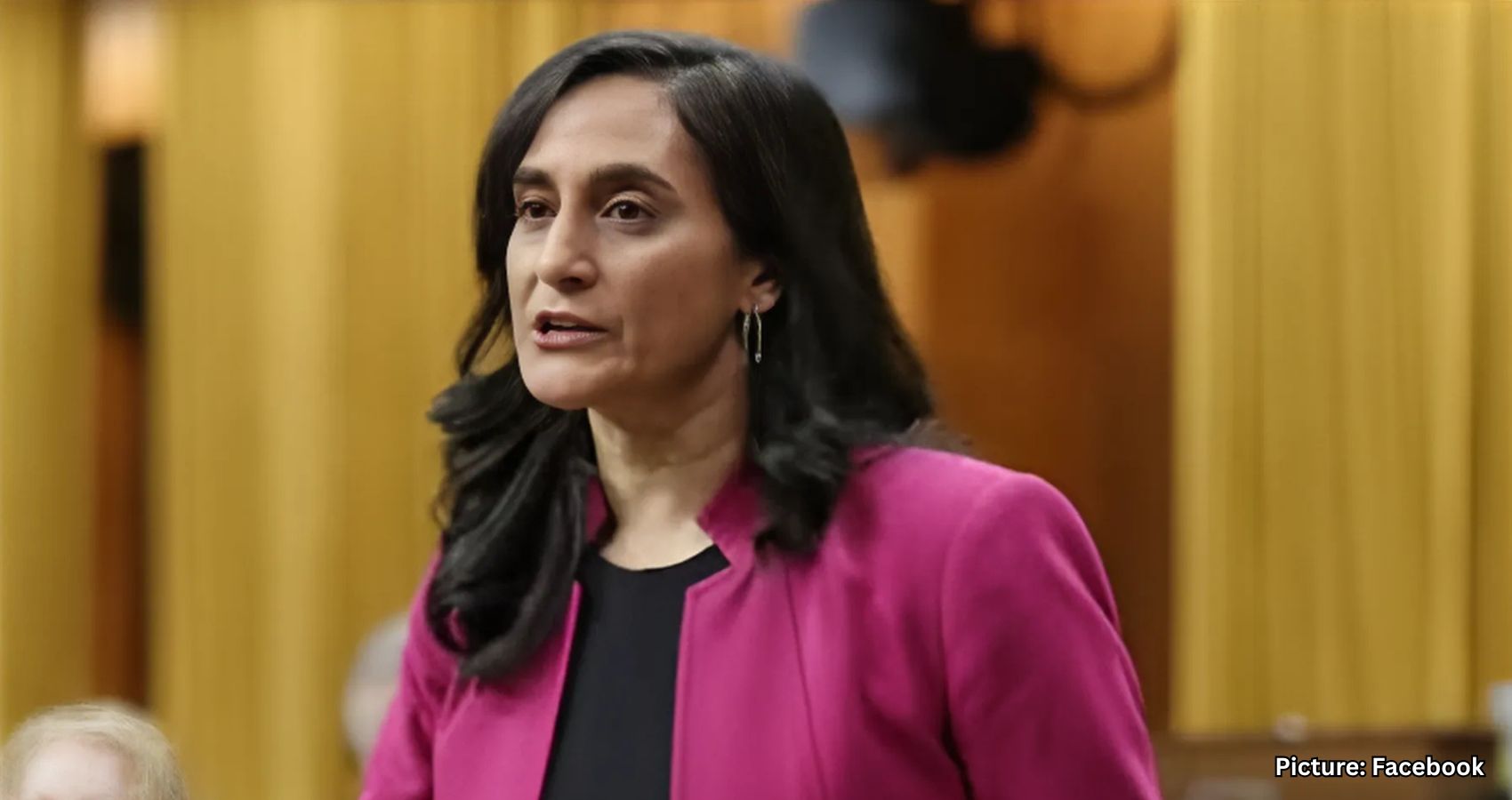
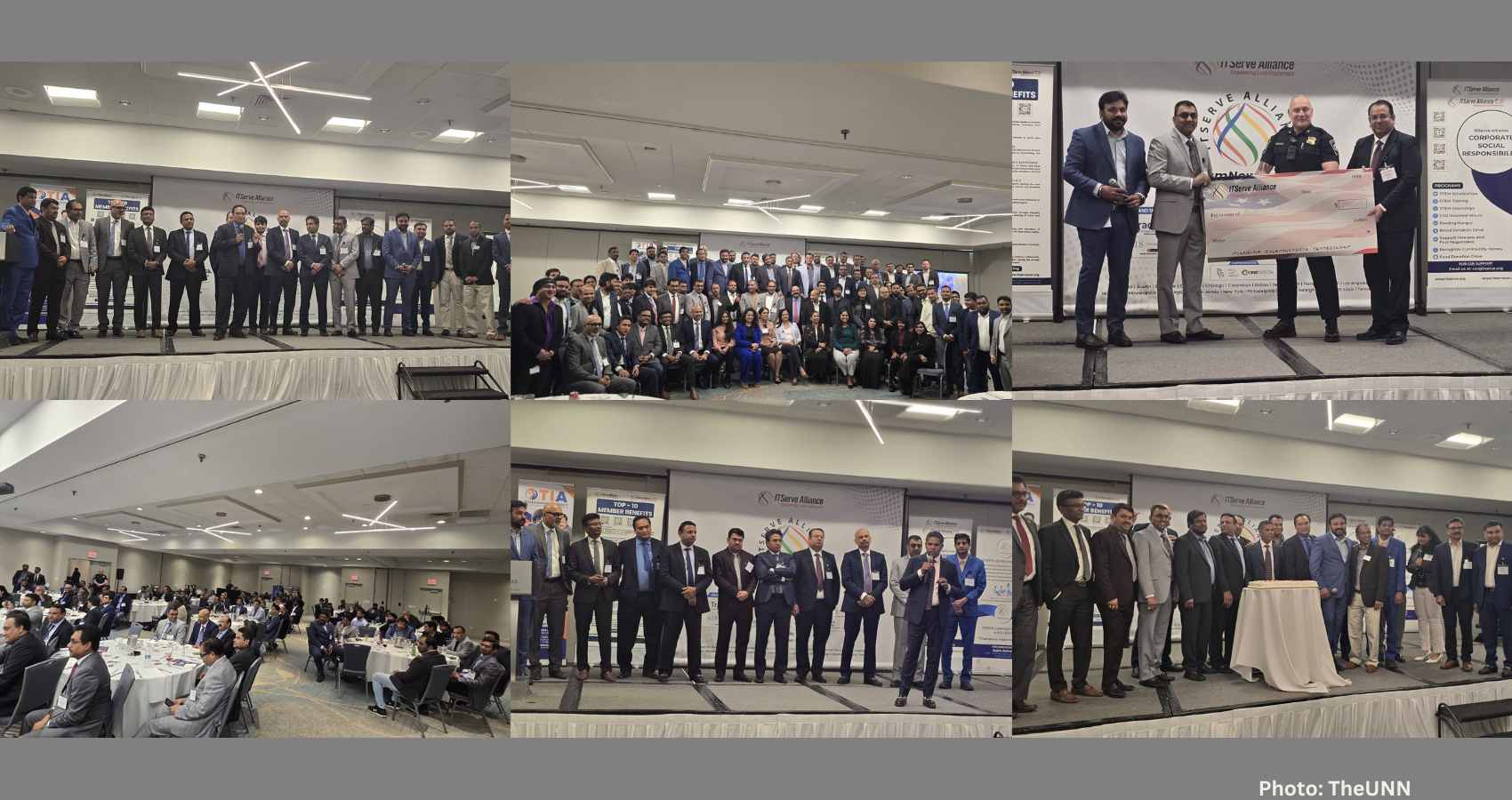
















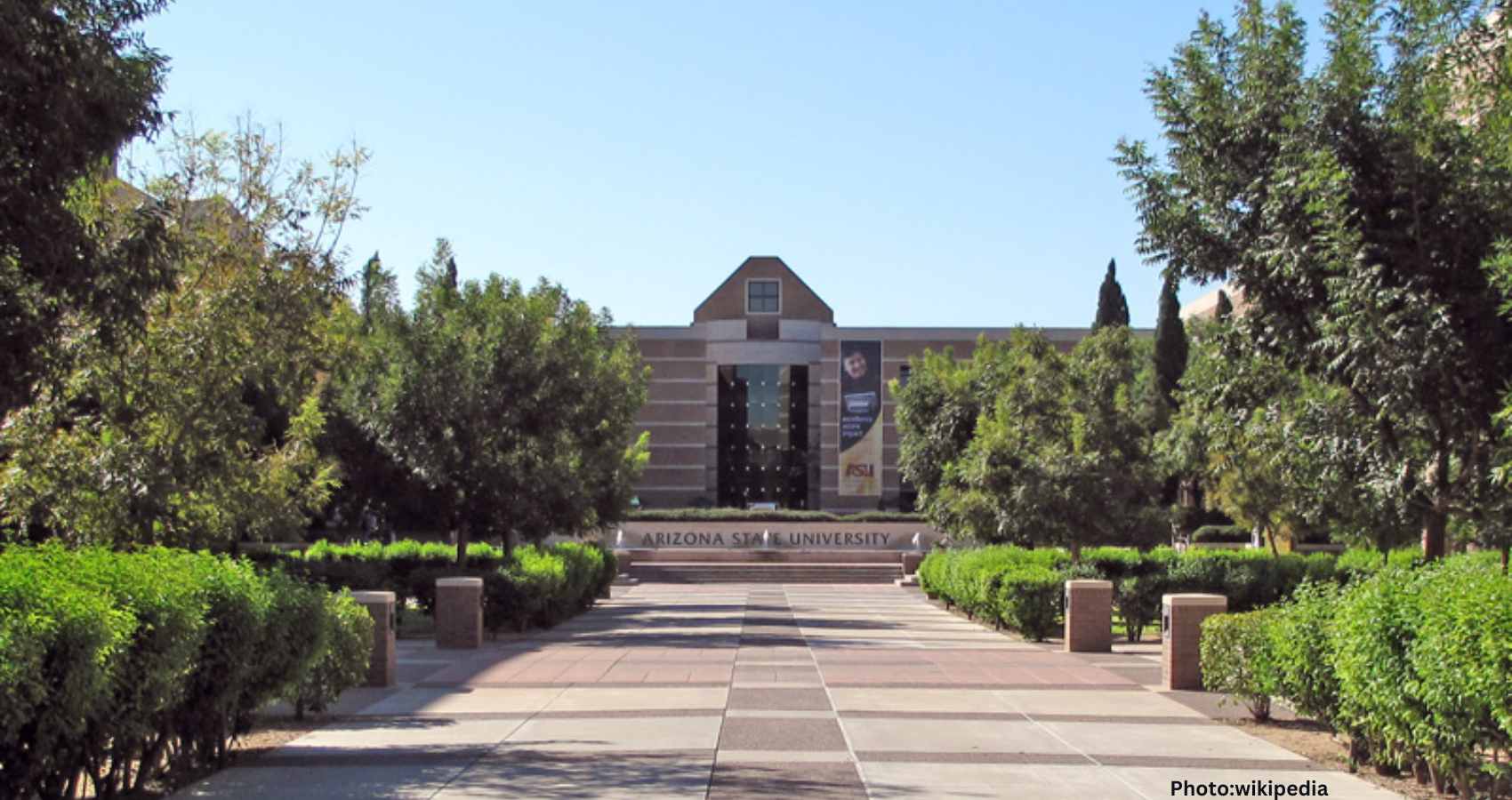








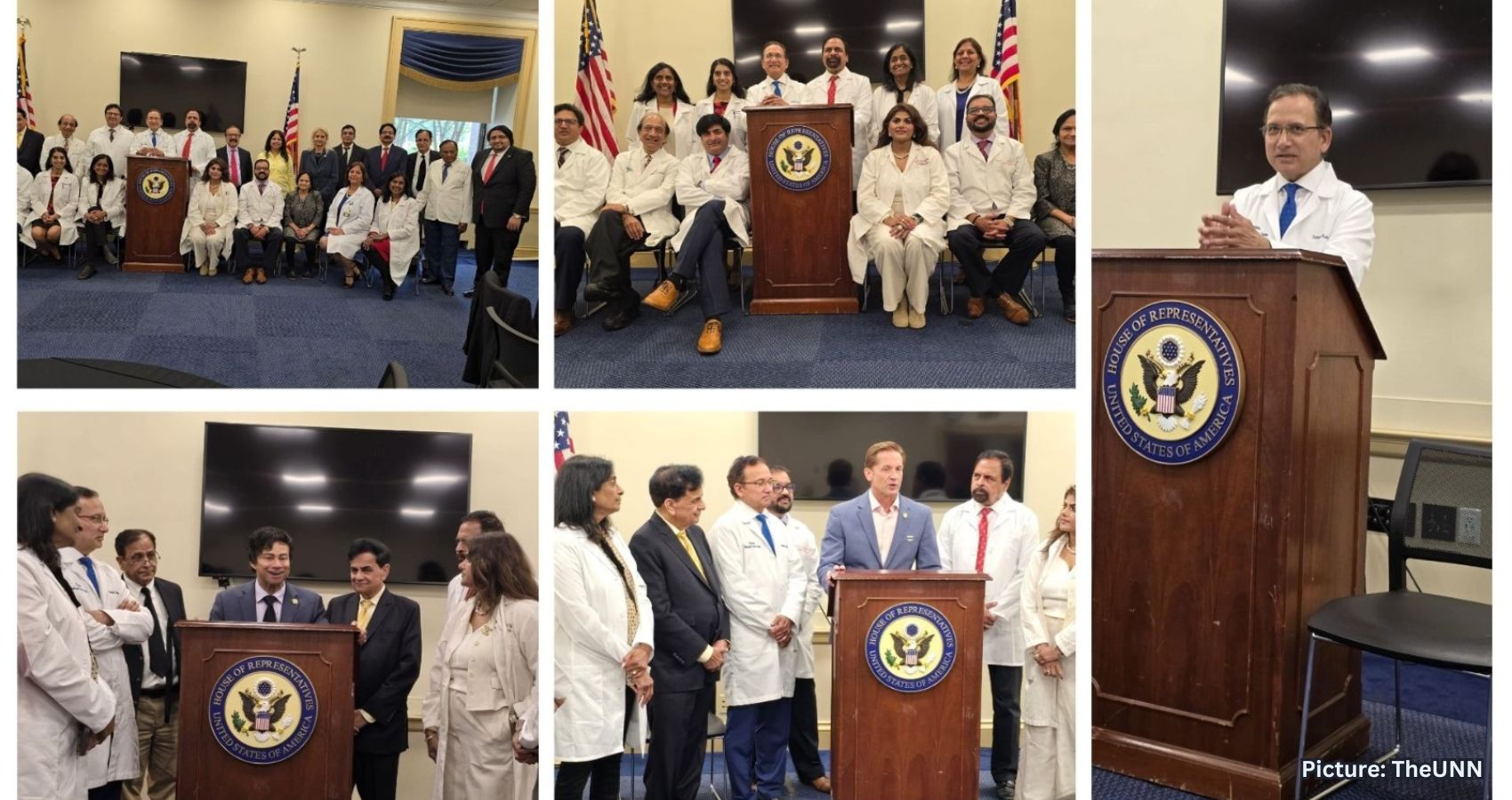
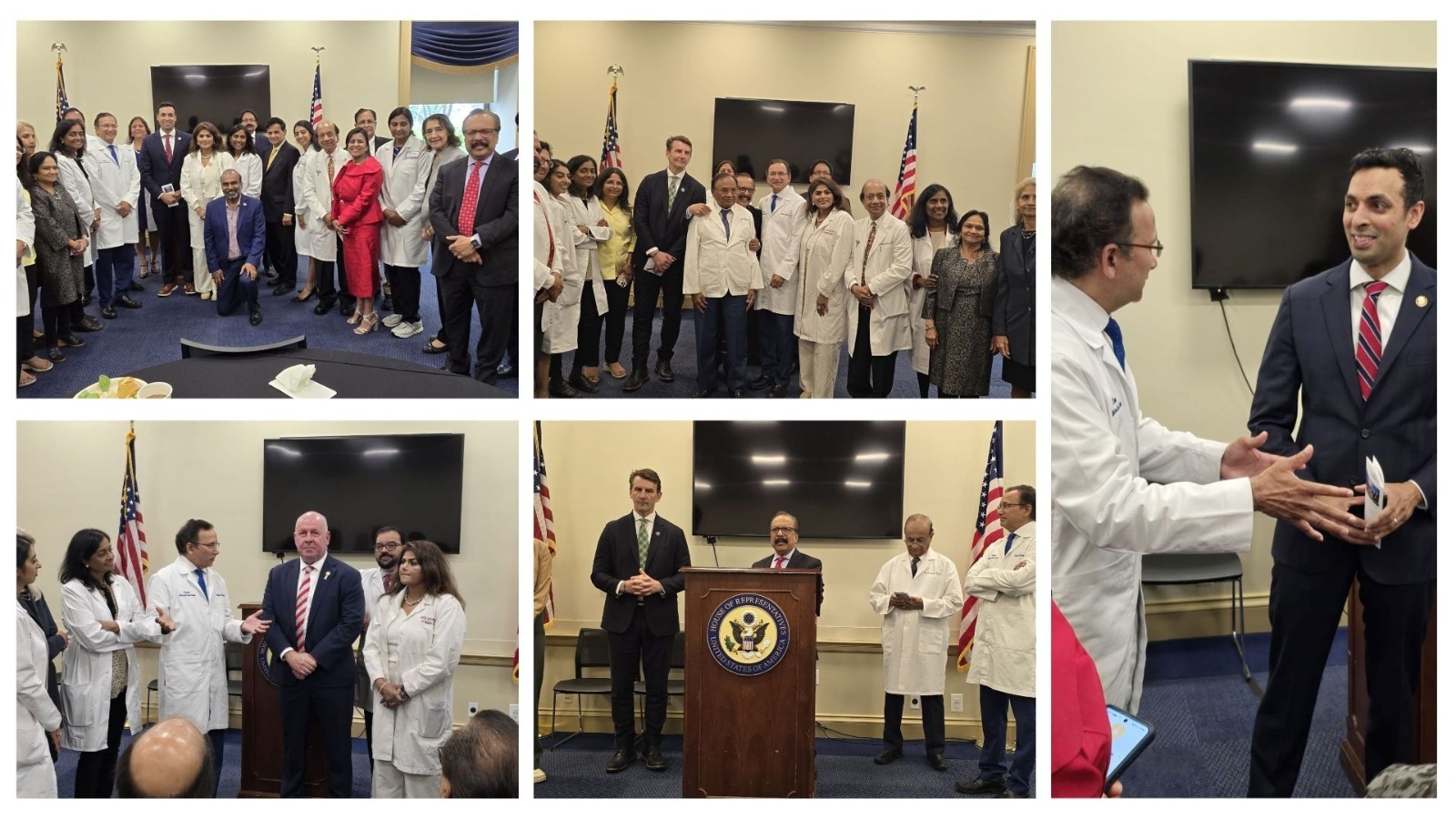 Dr. Kathula along with other AAPI leaders presented before the lawmakers, key issues that affect the delivery of healthcare in the issues in the US. “Fixing Medicare reimbursement cuts, reforming prior authorization processes, addressing scope of practice concerns, fast-tracking green cards for H-1B visa holders, securing equitable Telemedicine payments, and proposing amendments to the Stark Law” were some of the issues AAPI highlighted in their meetings with the lawmakers.
Dr. Kathula along with other AAPI leaders presented before the lawmakers, key issues that affect the delivery of healthcare in the issues in the US. “Fixing Medicare reimbursement cuts, reforming prior authorization processes, addressing scope of practice concerns, fast-tracking green cards for H-1B visa holders, securing equitable Telemedicine payments, and proposing amendments to the Stark Law” were some of the issues AAPI highlighted in their meetings with the lawmakers. encouraged by the momentum. AAPI’s advocacy on these critical topics will remain ongoing,” Dr. Vidya Kora, Co-Chair of AAPI Legislative Affairs Committee.
encouraged by the momentum. AAPI’s advocacy on these critical topics will remain ongoing,” Dr. Vidya Kora, Co-Chair of AAPI Legislative Affairs Committee.